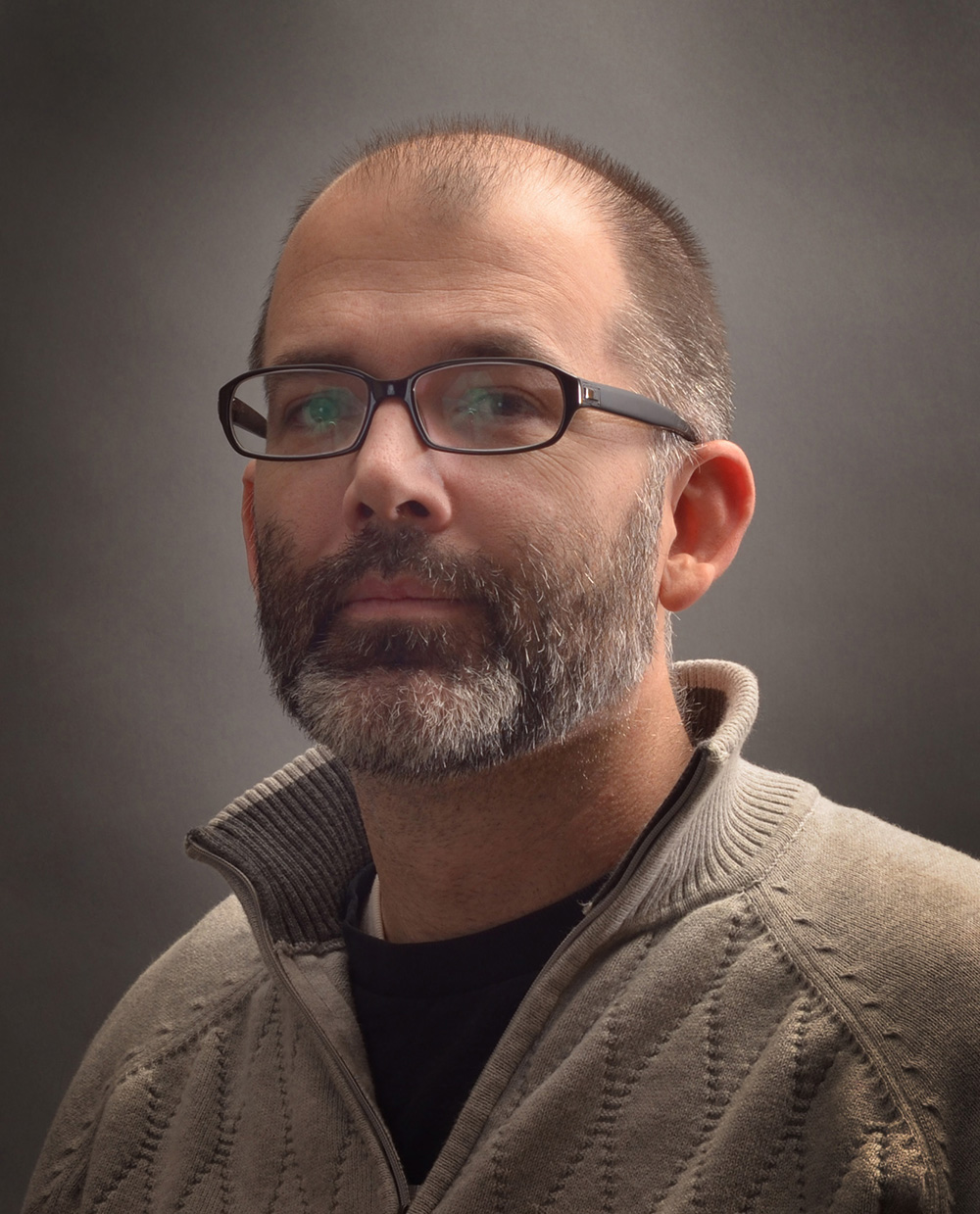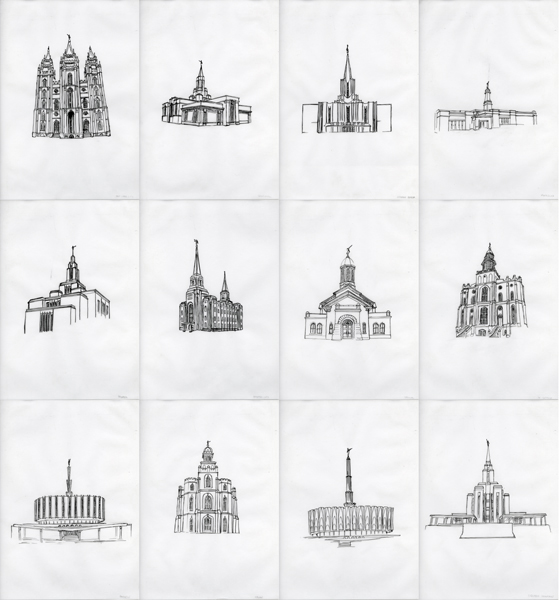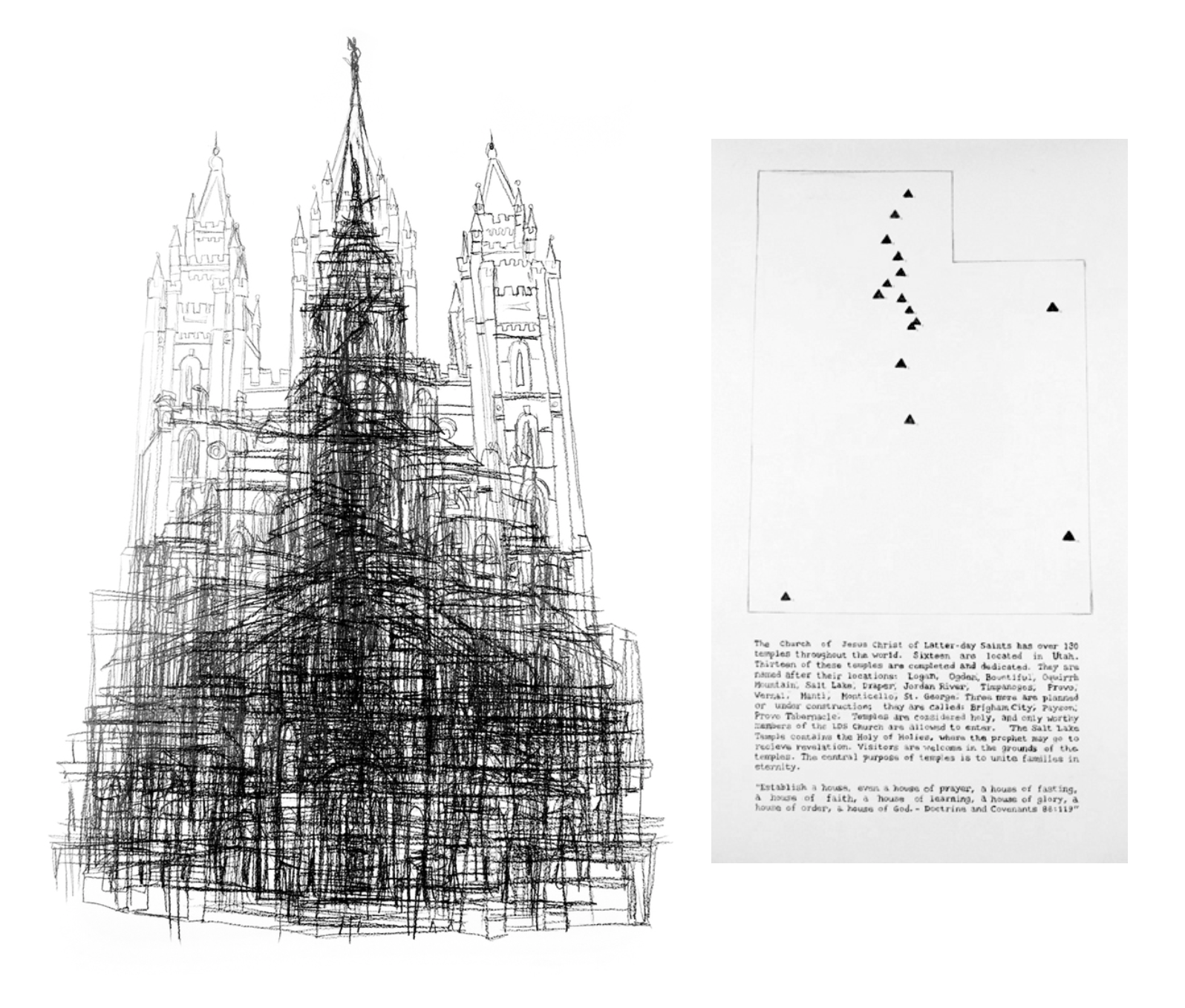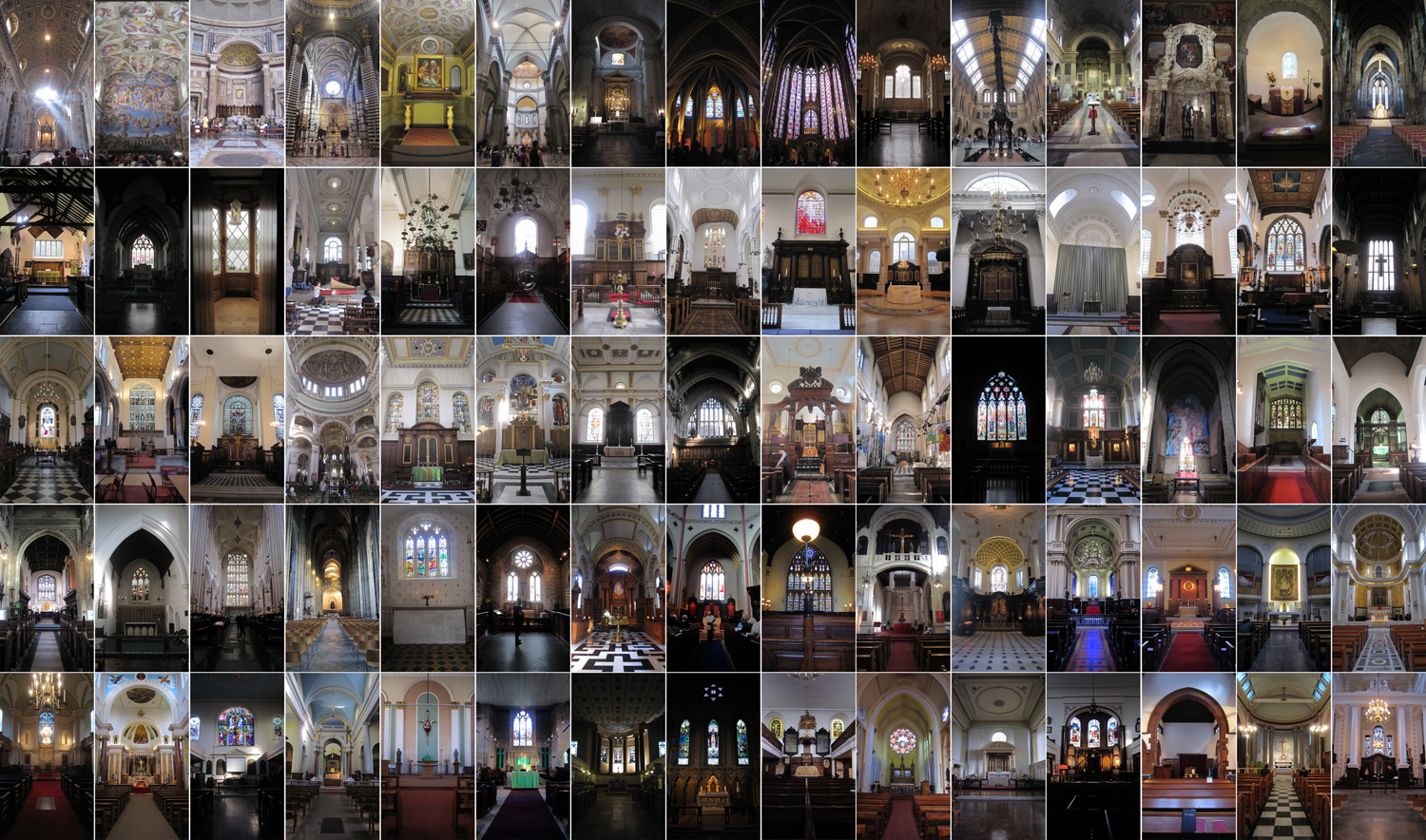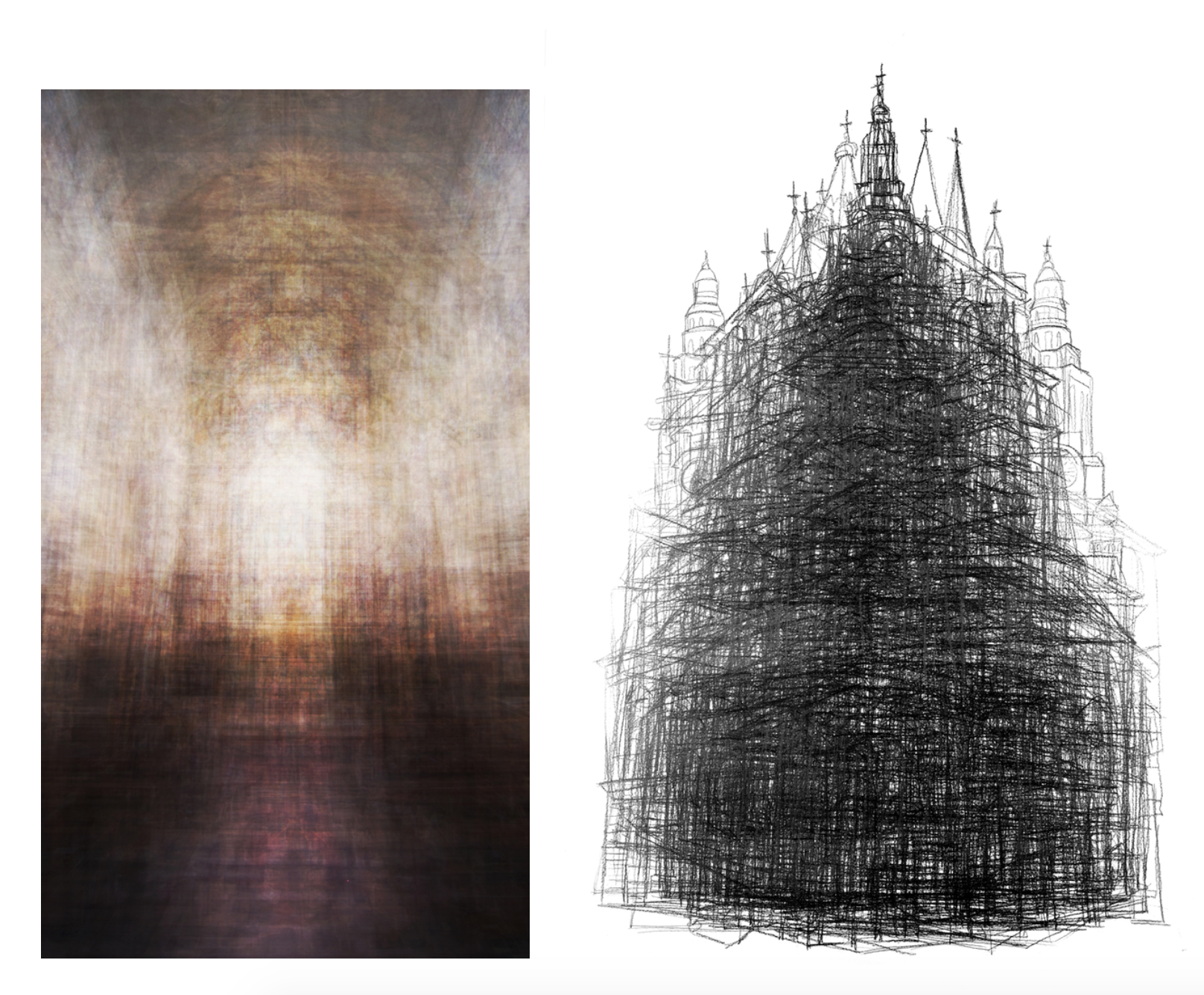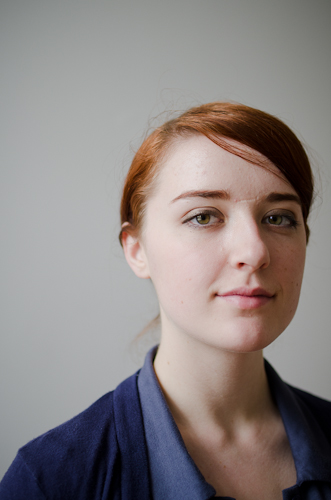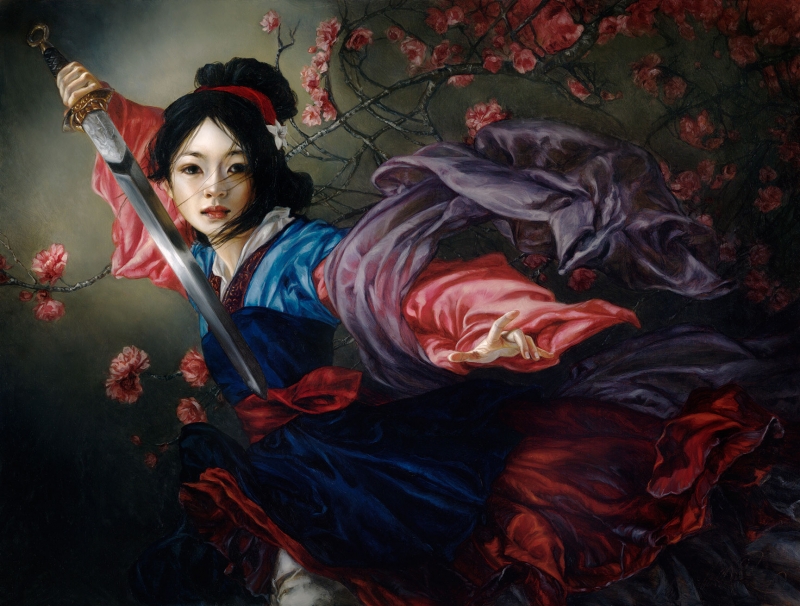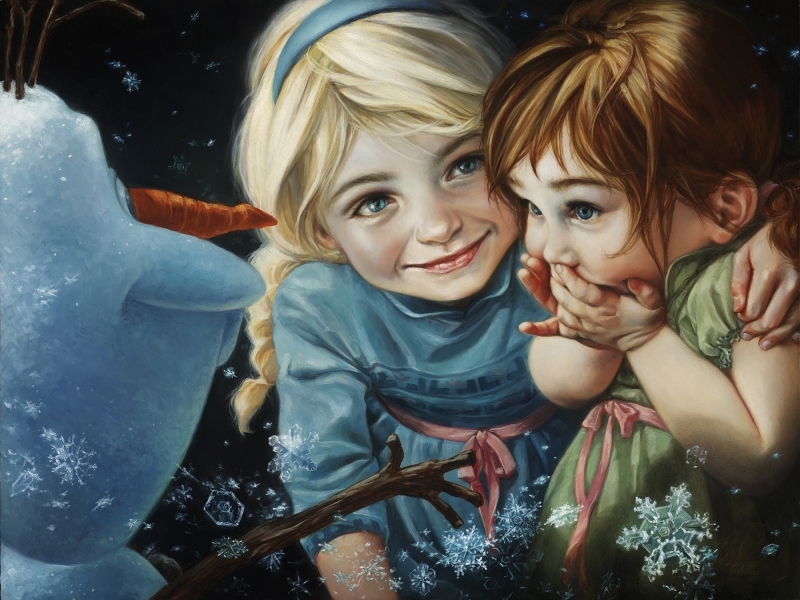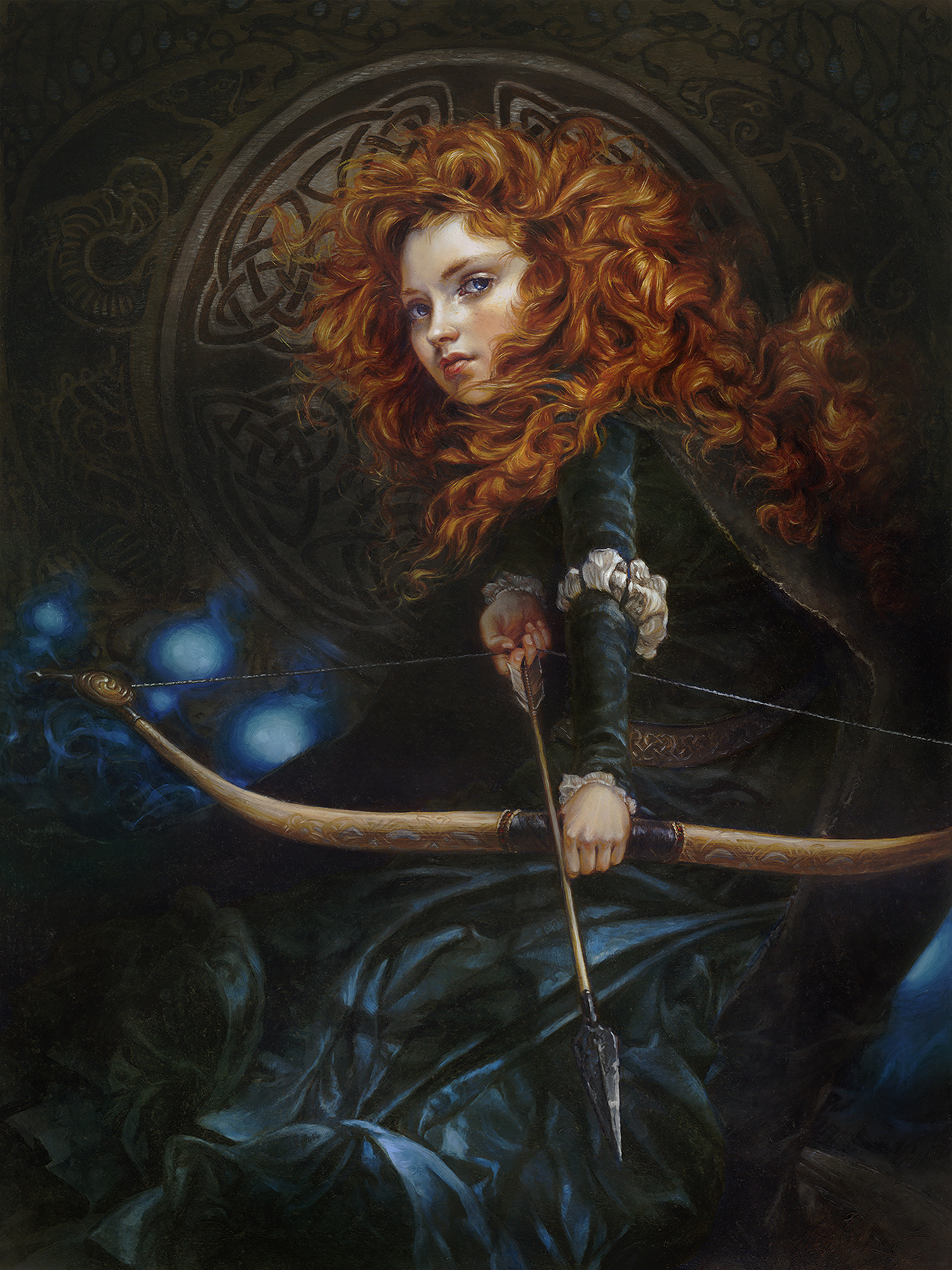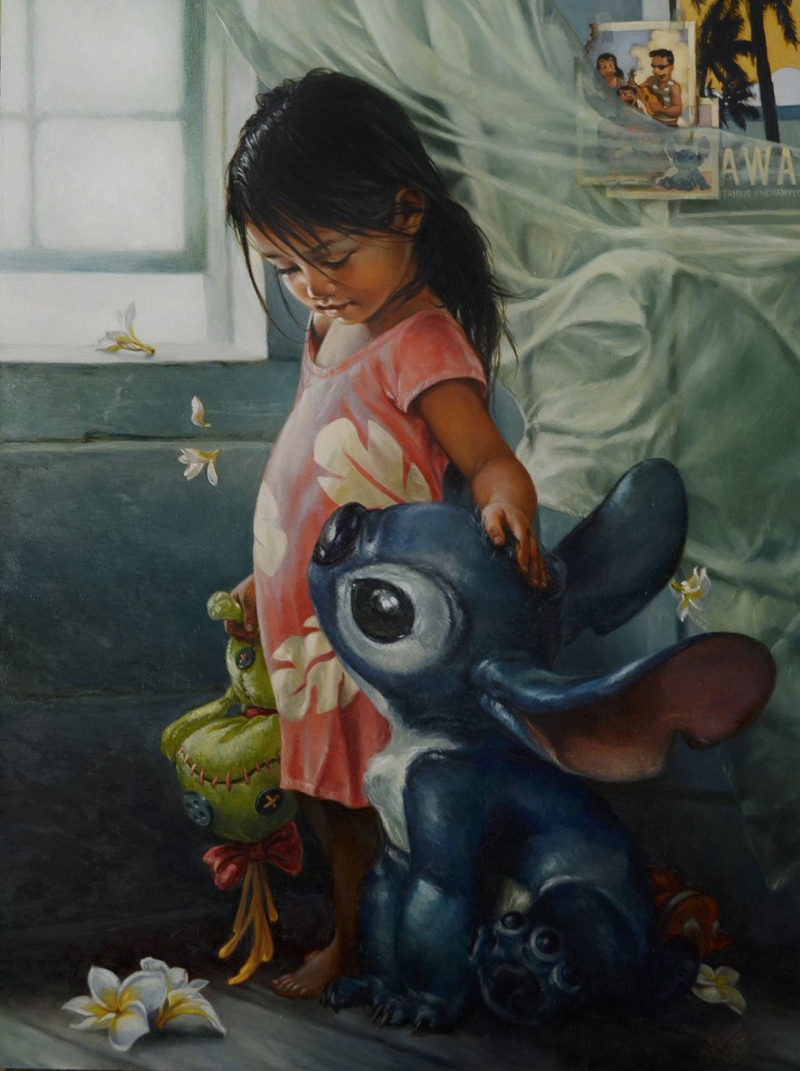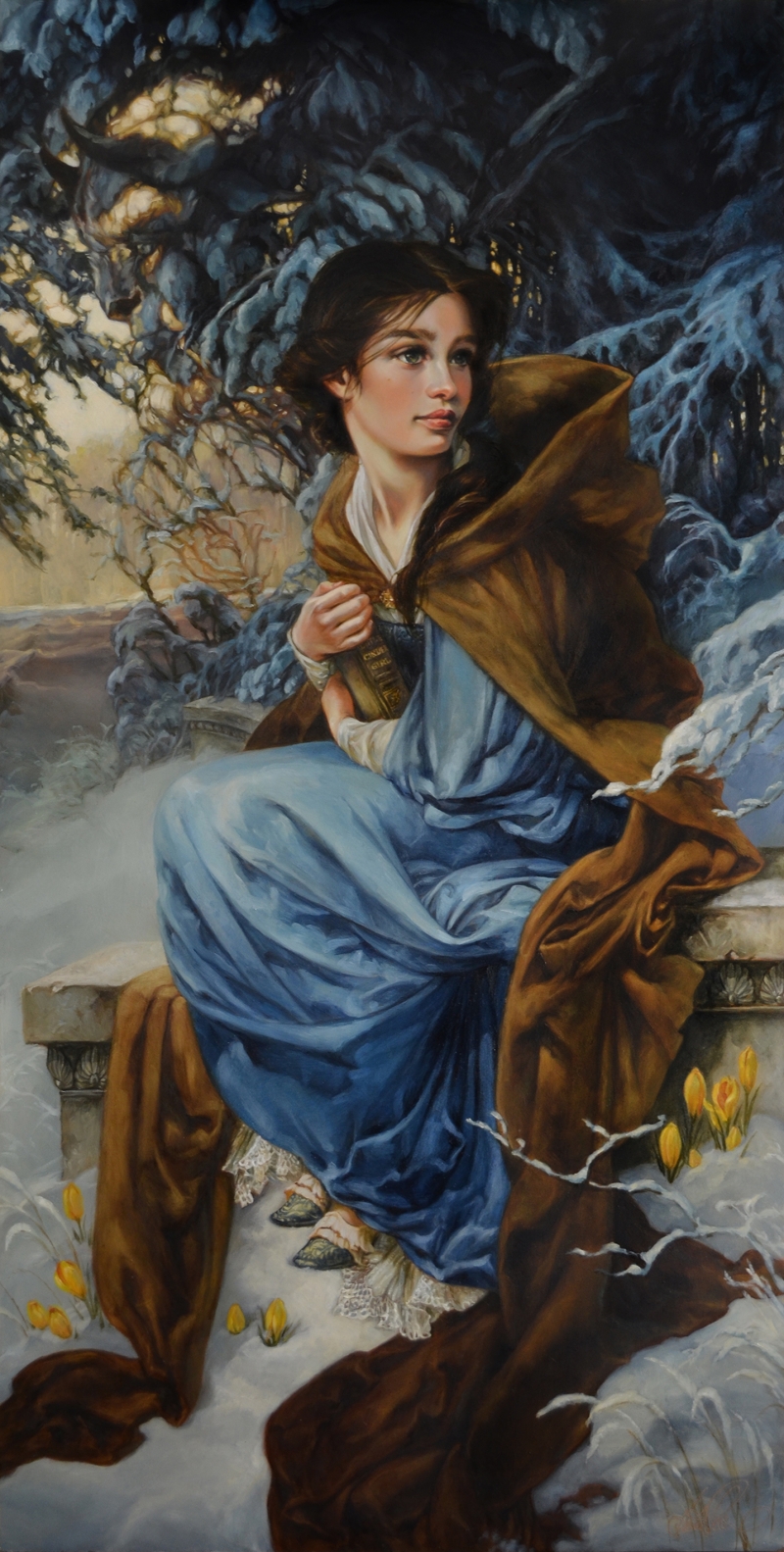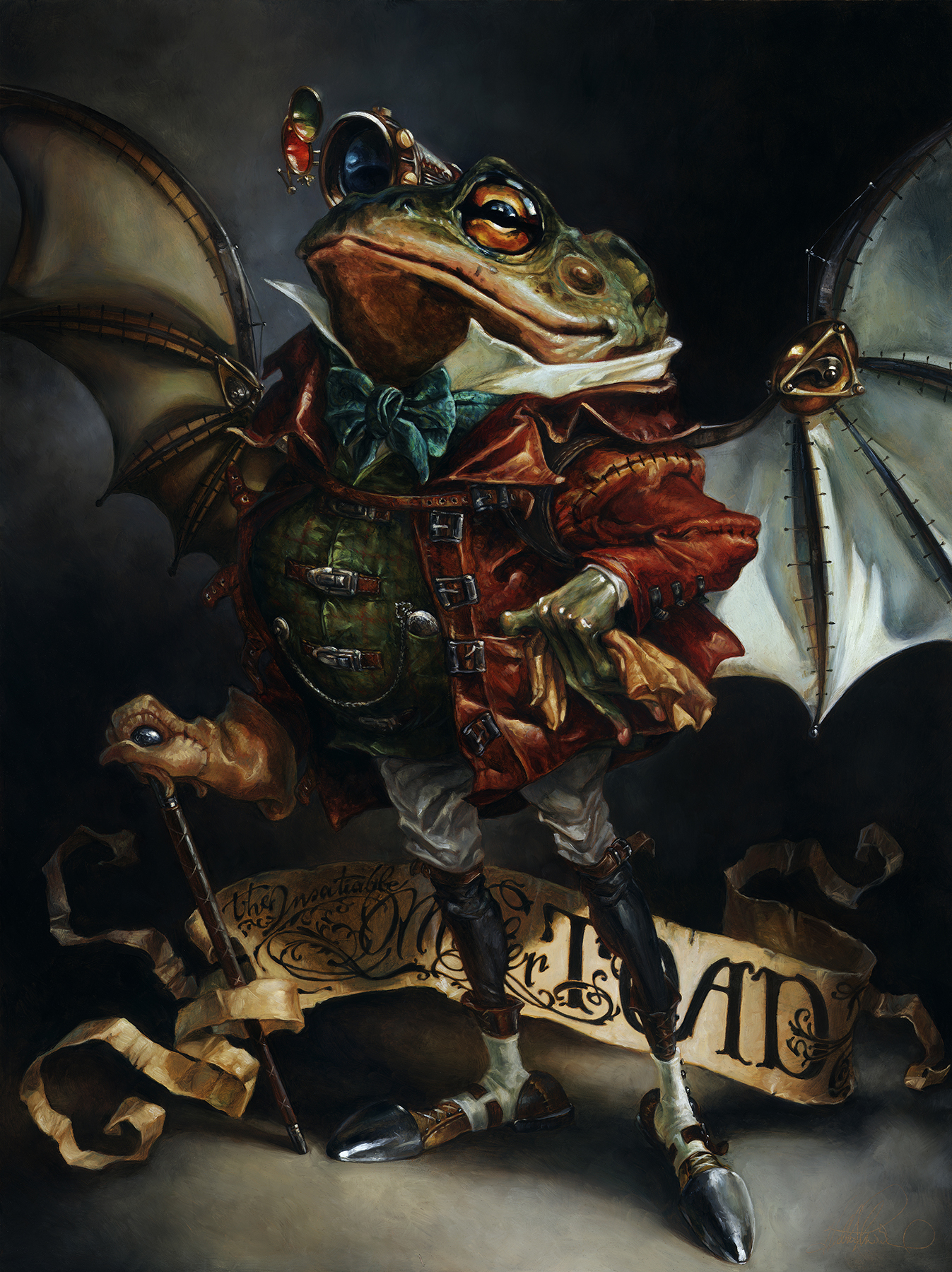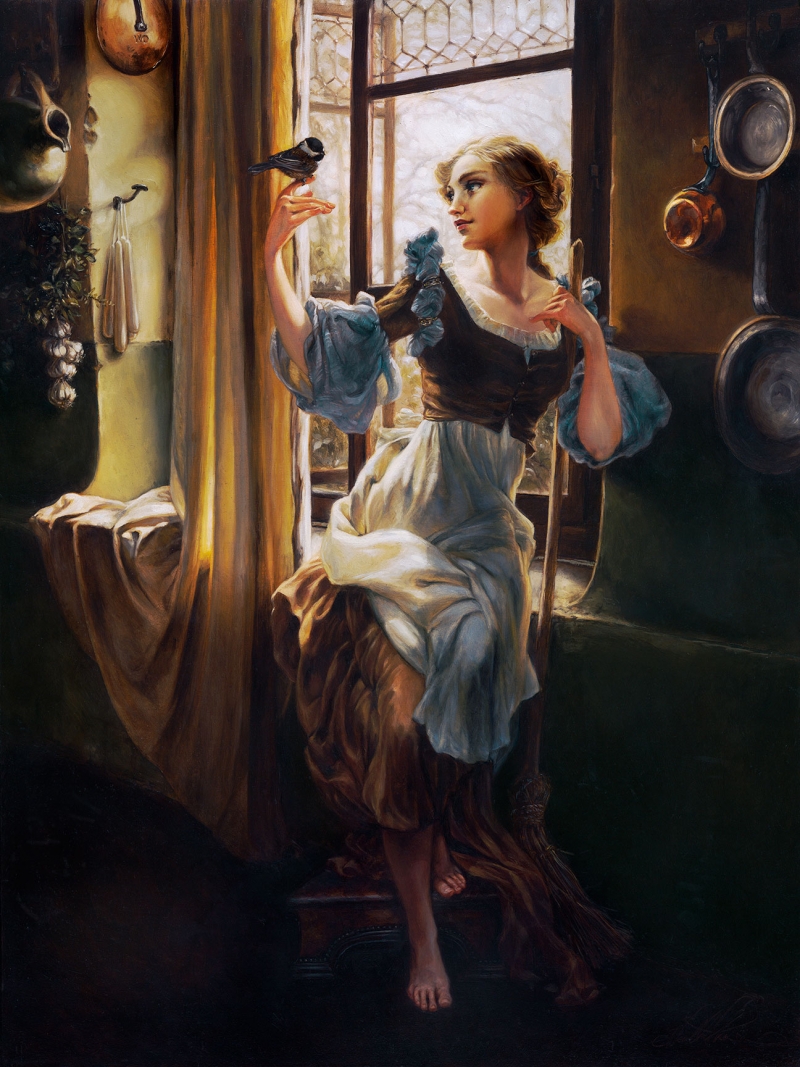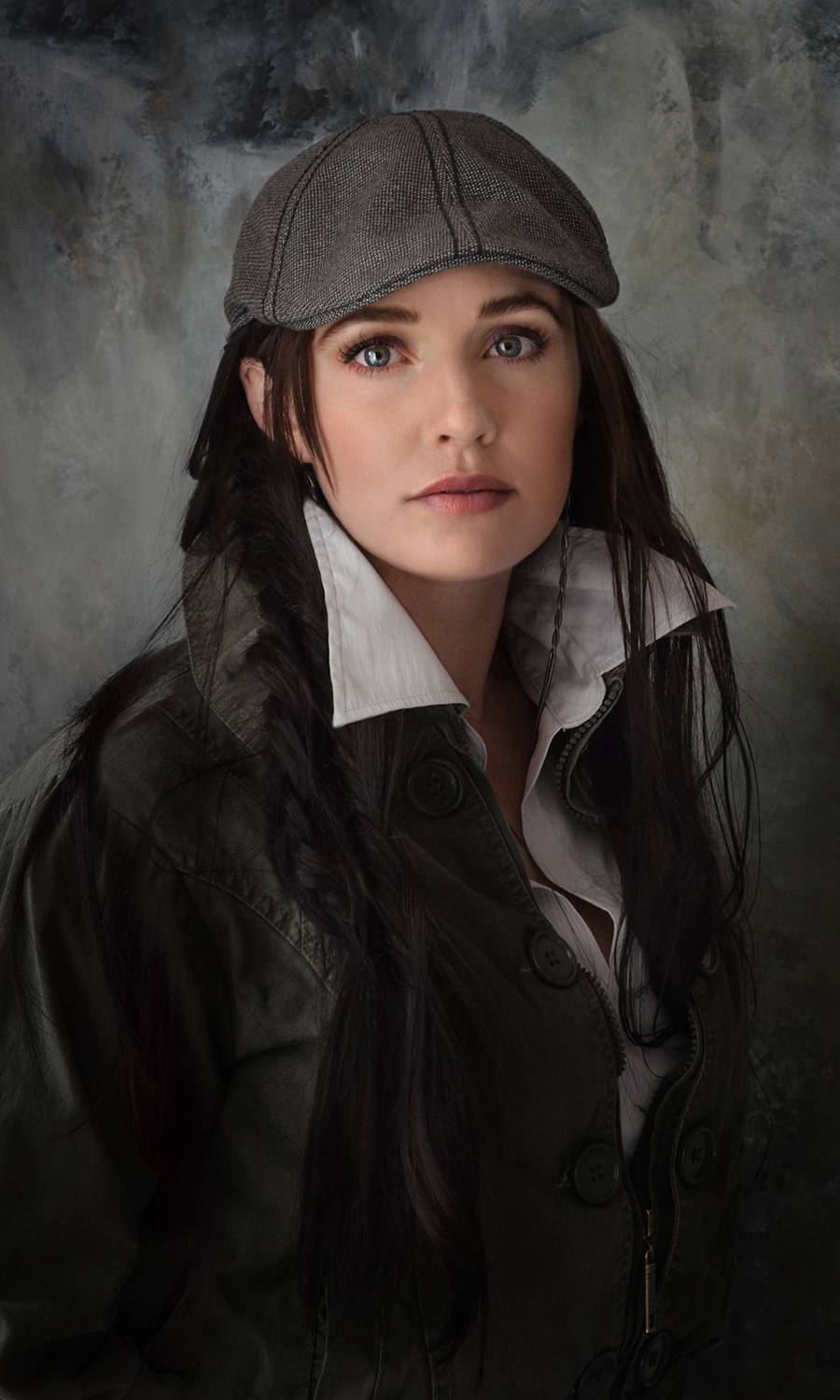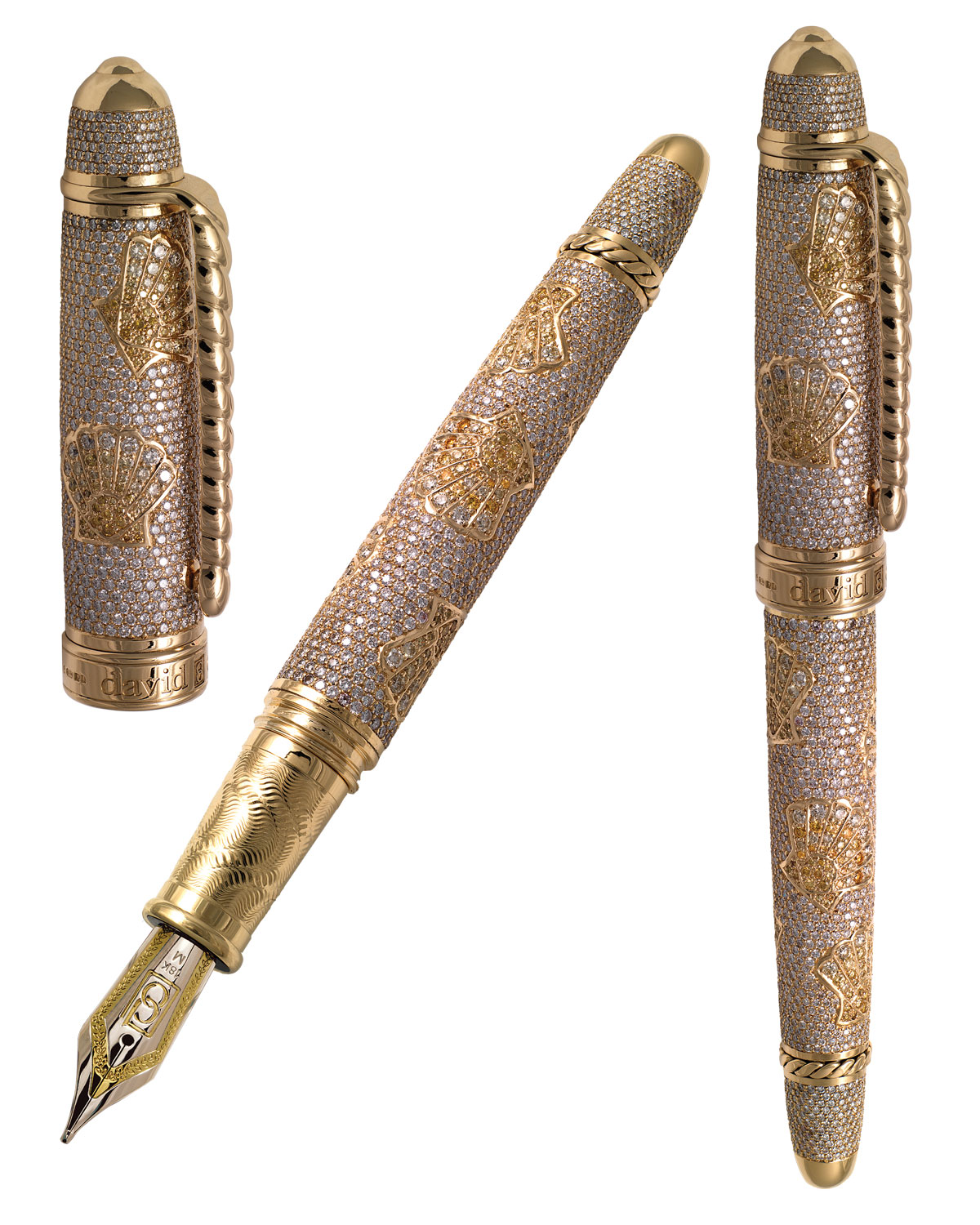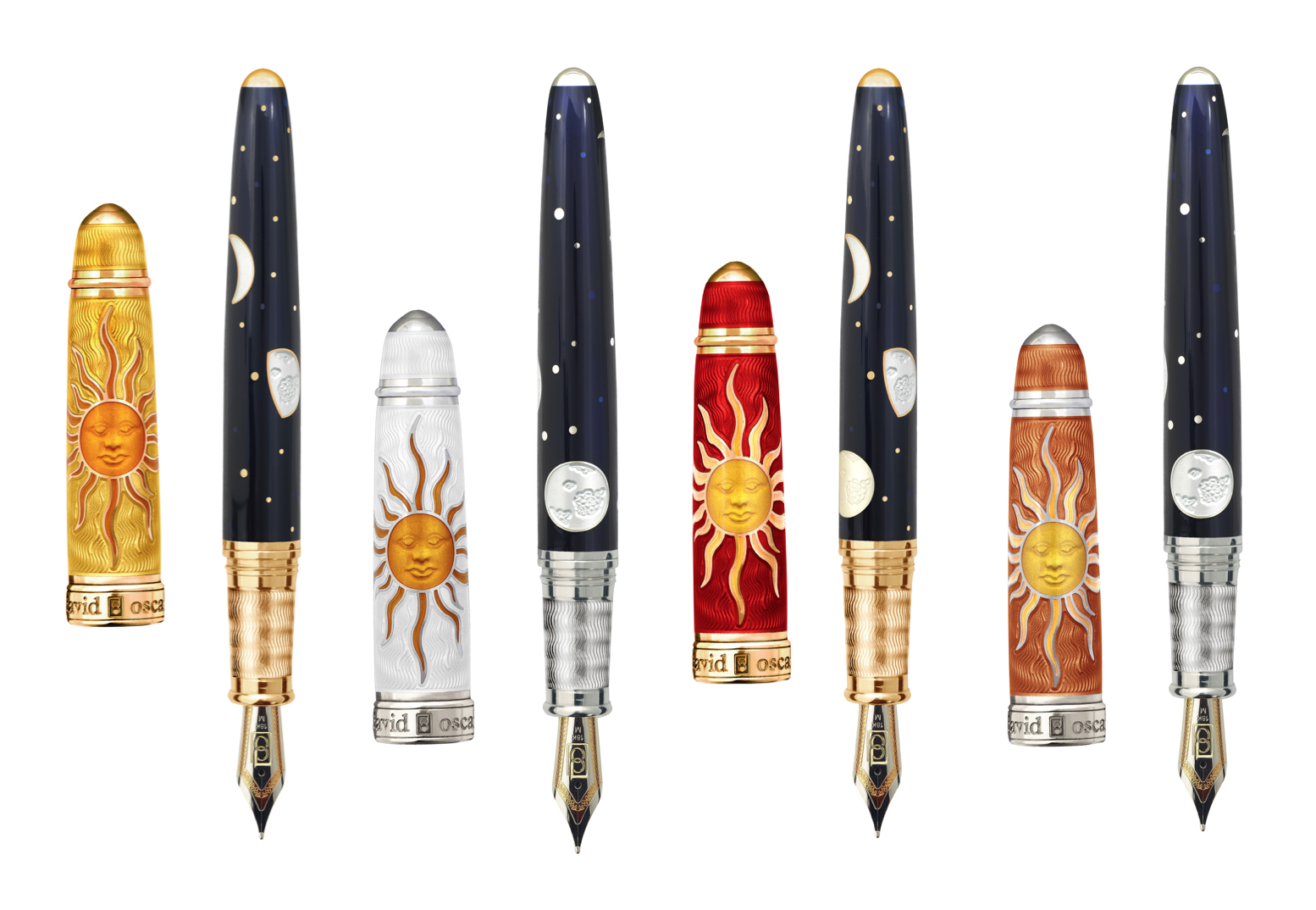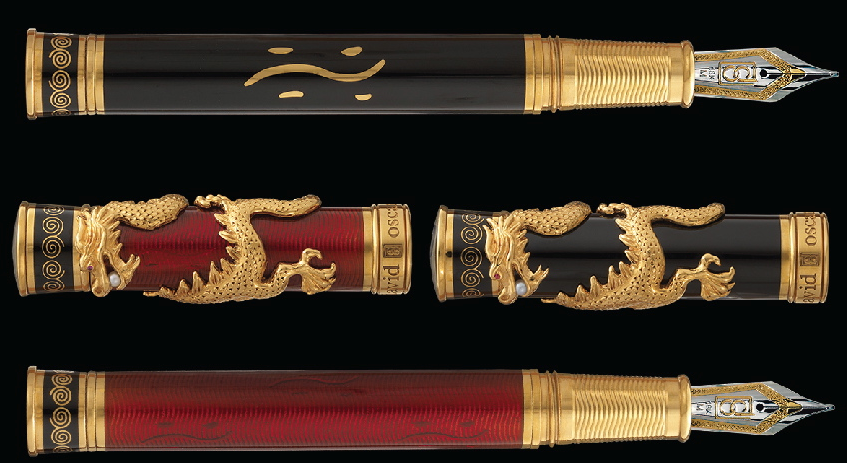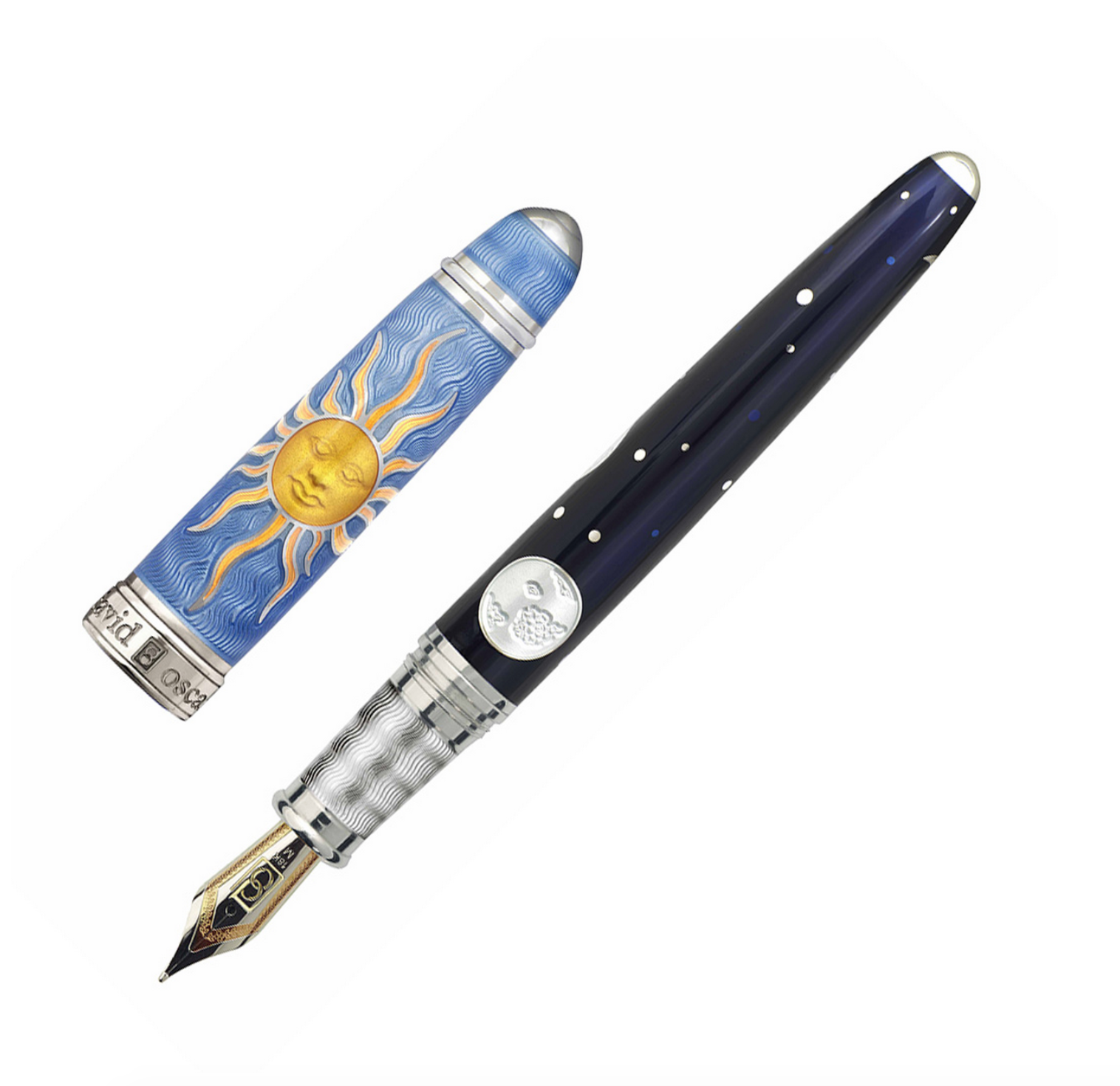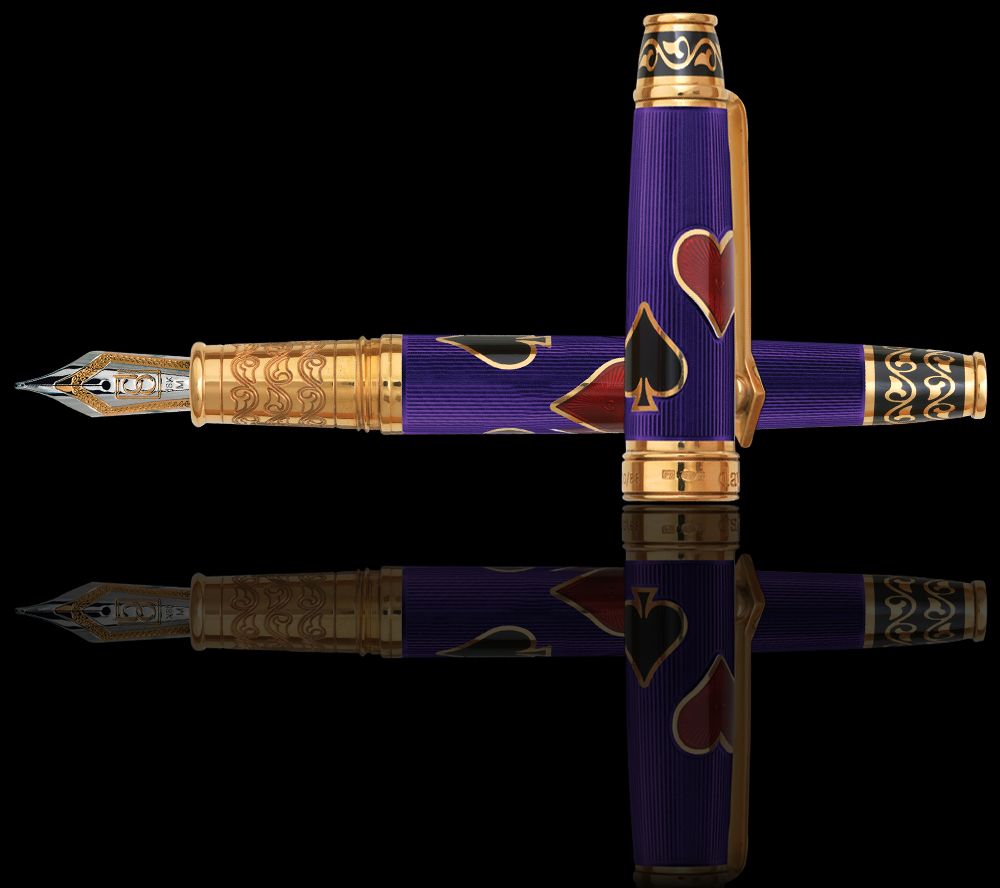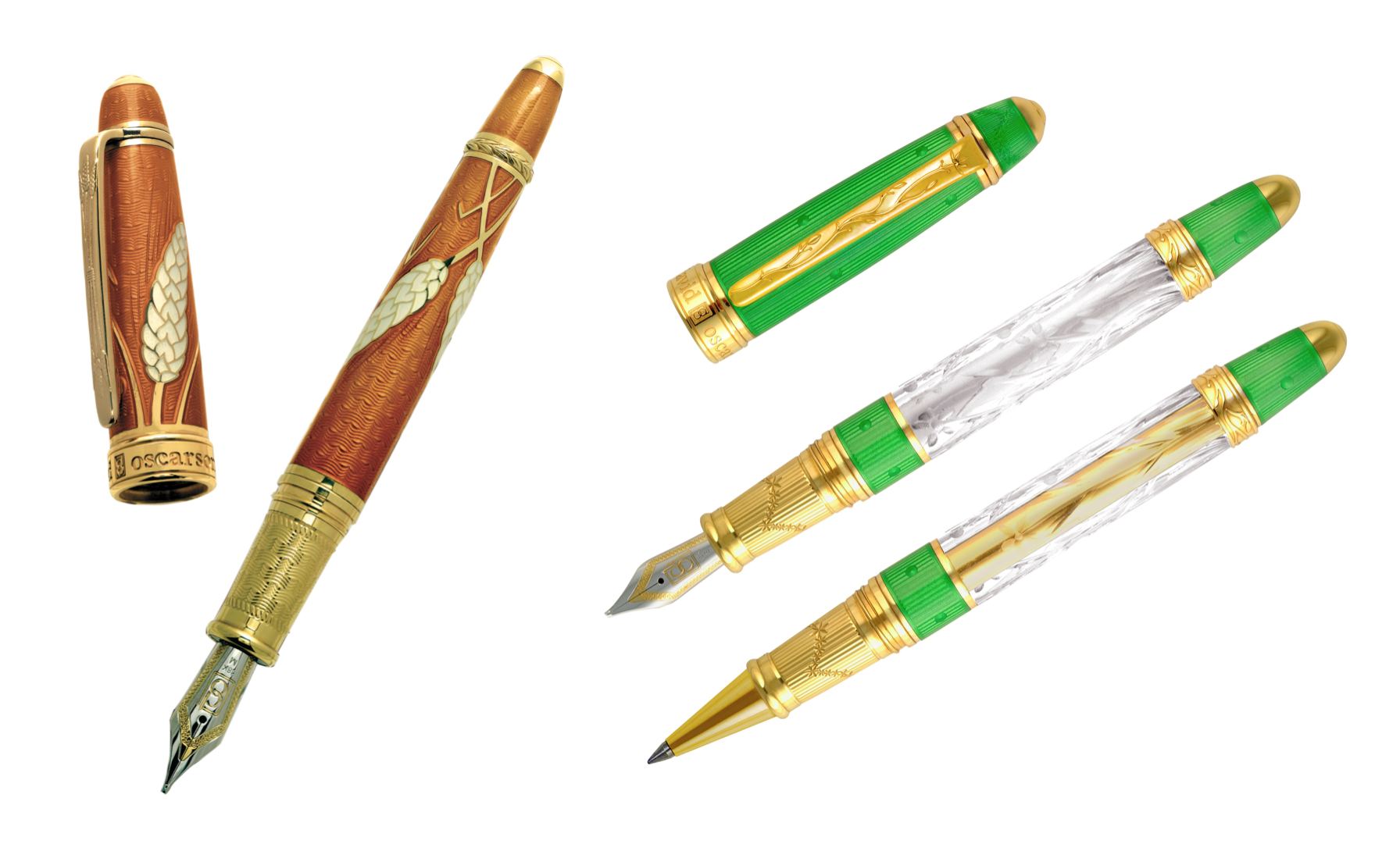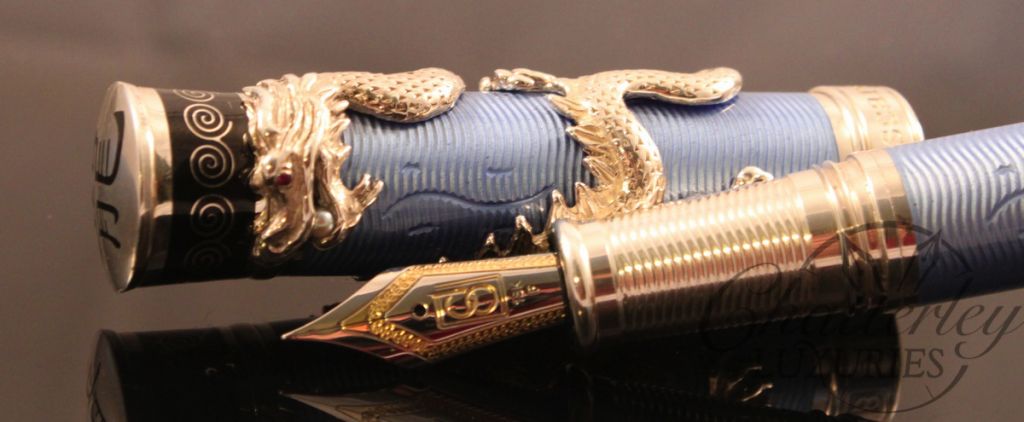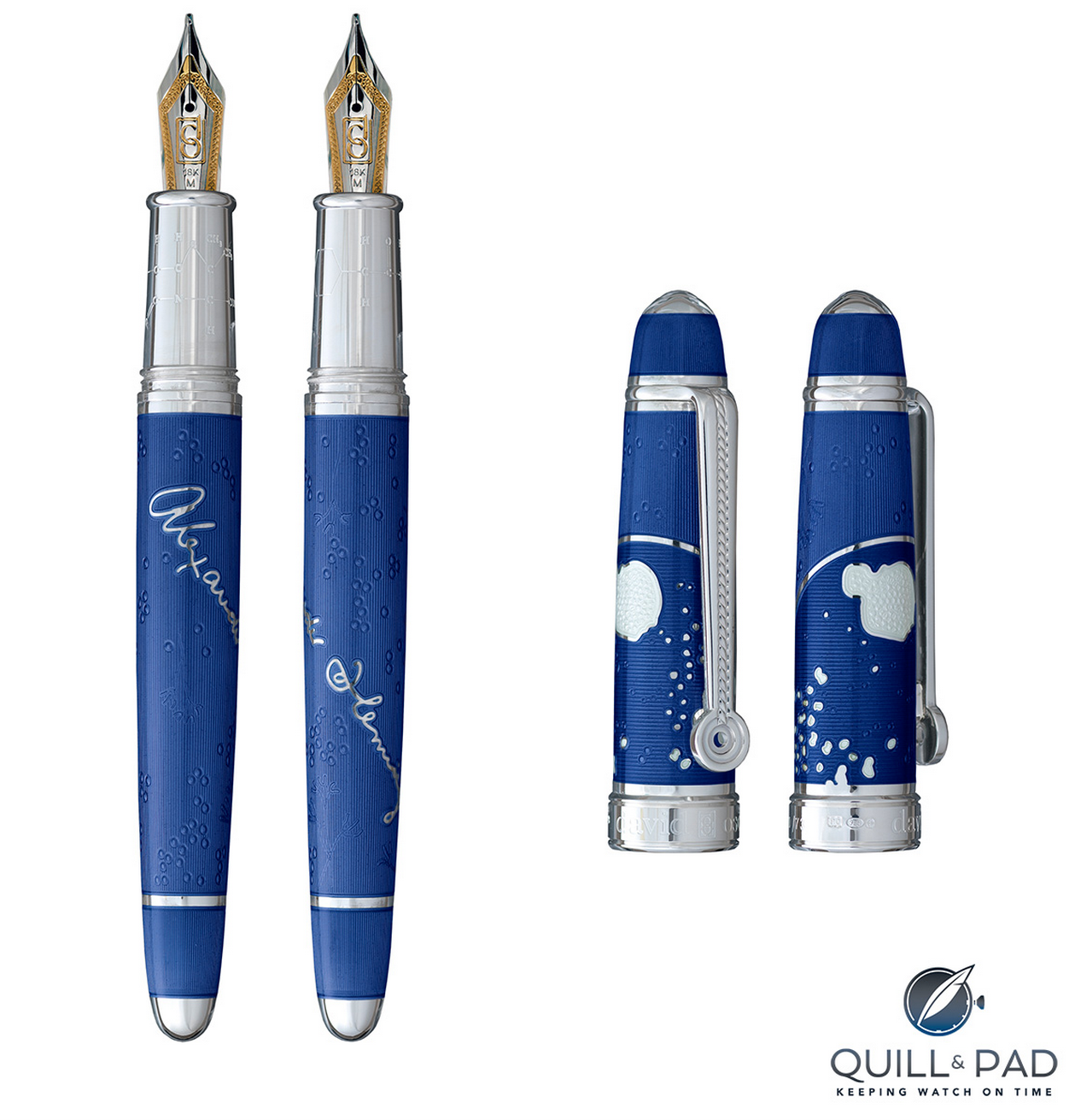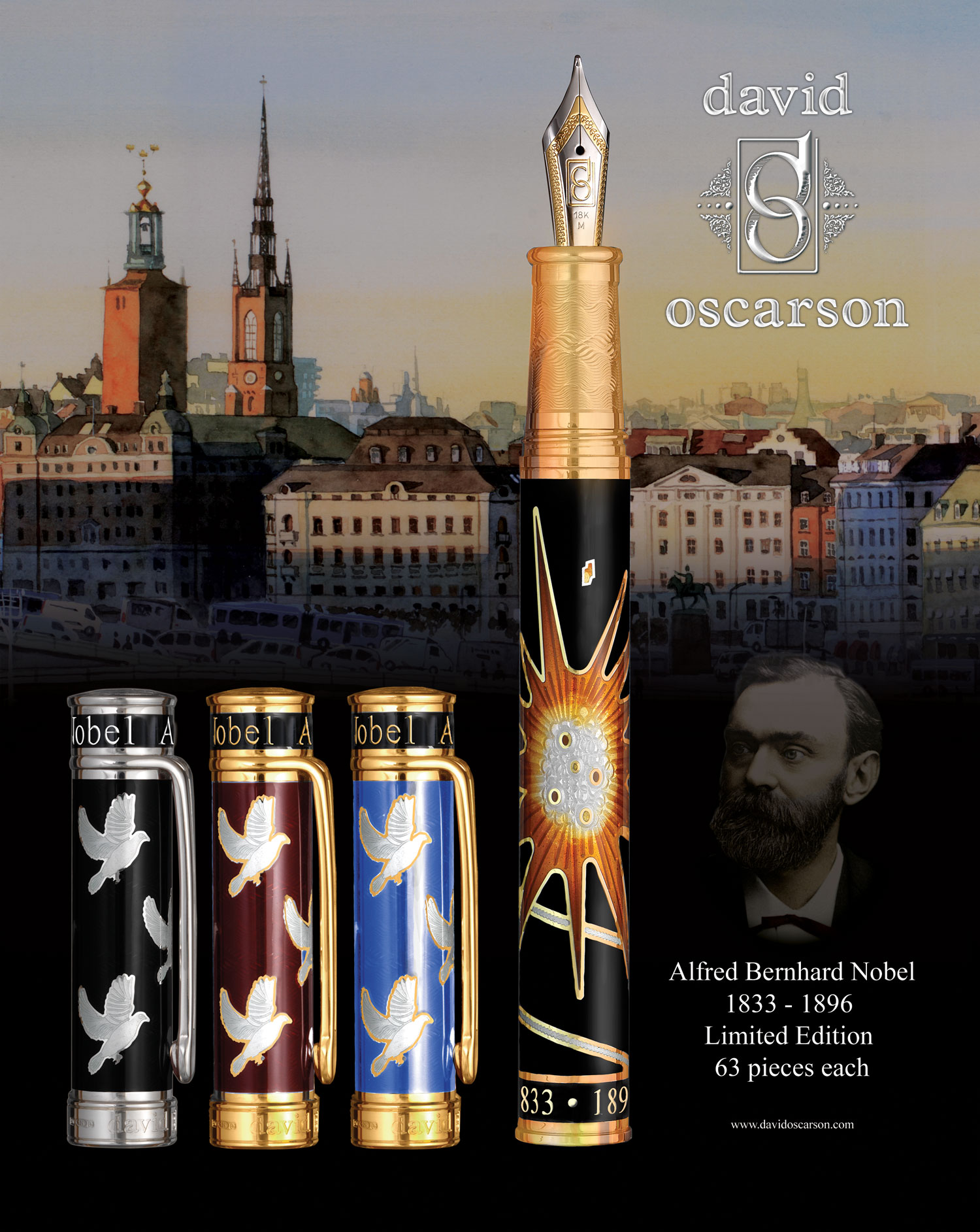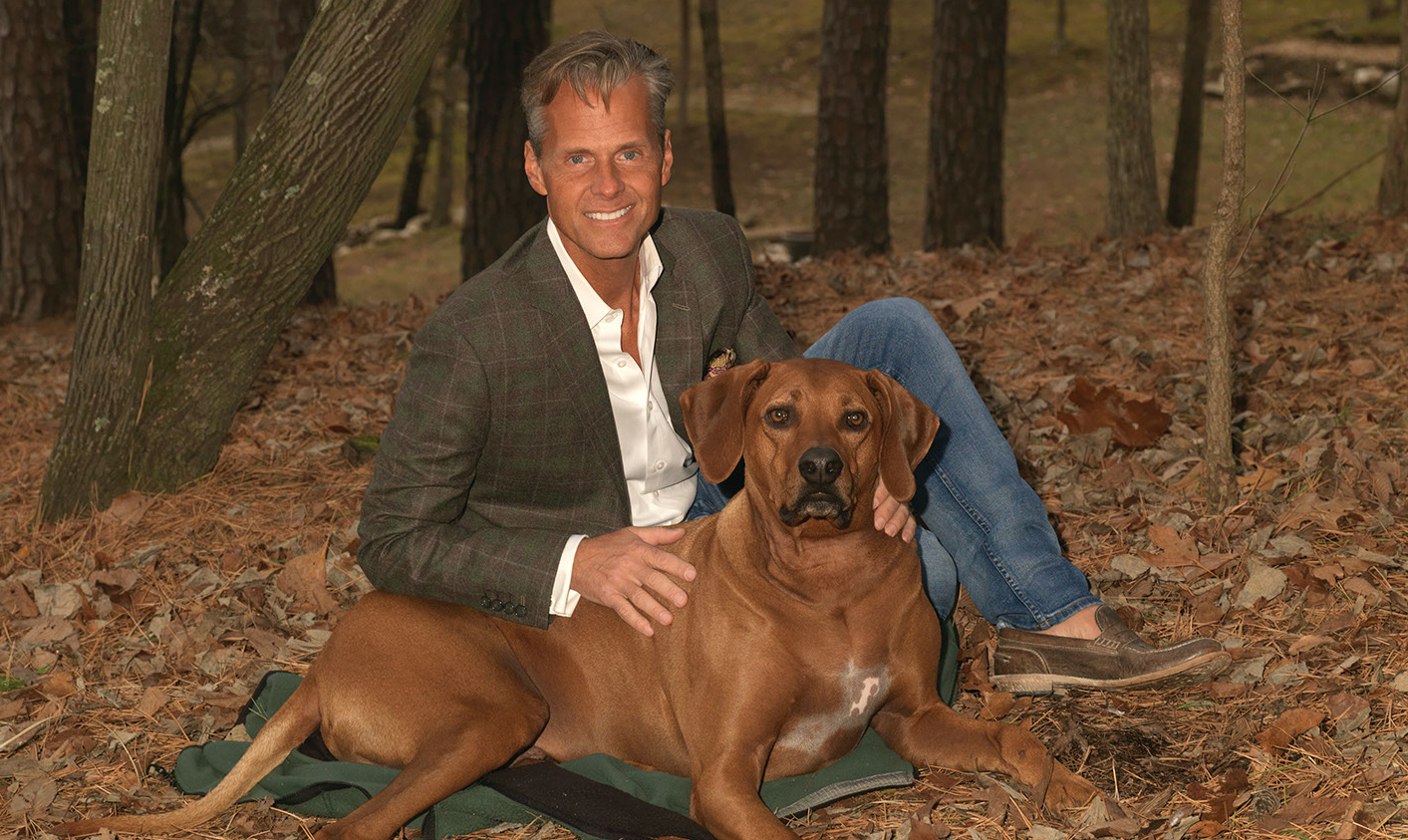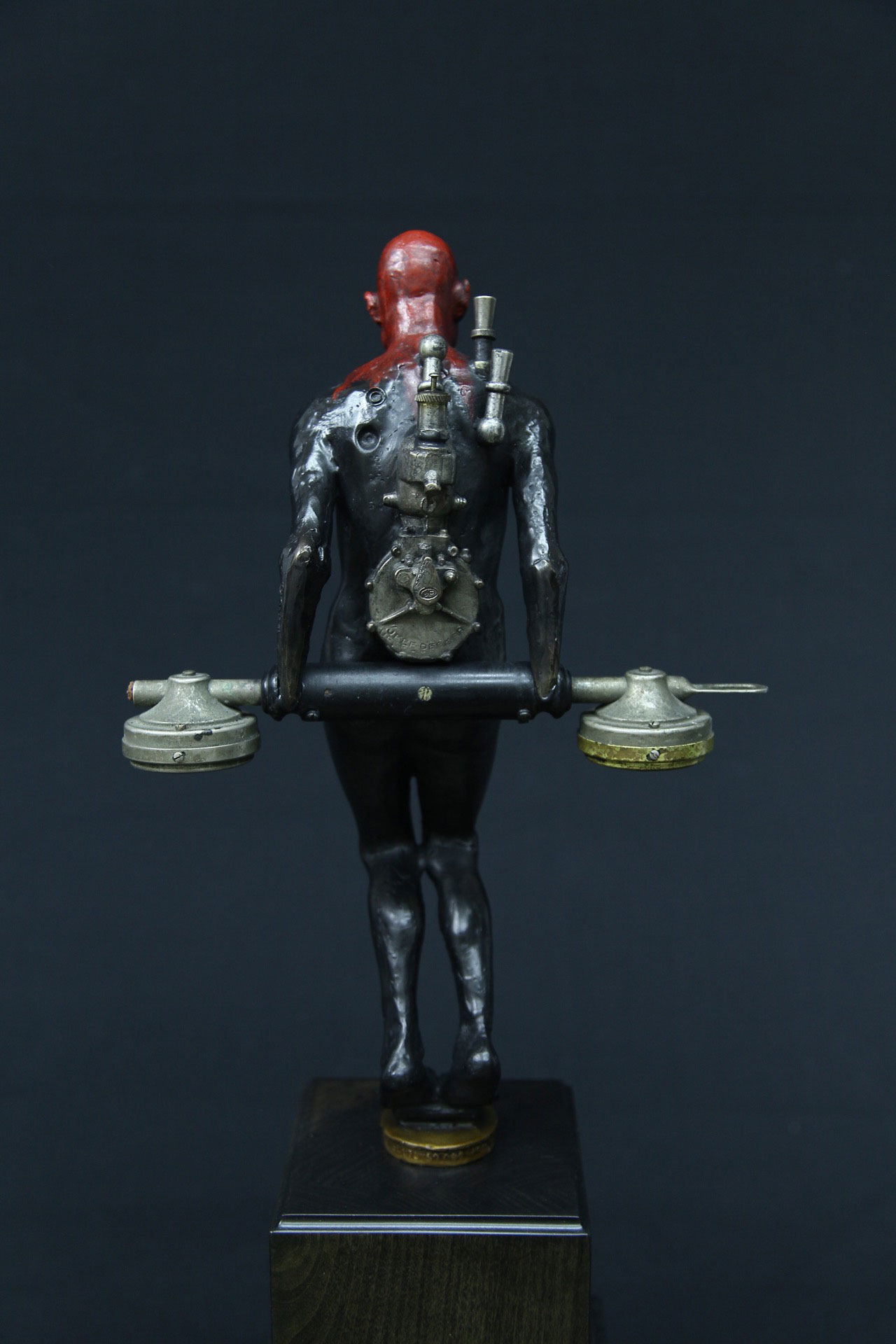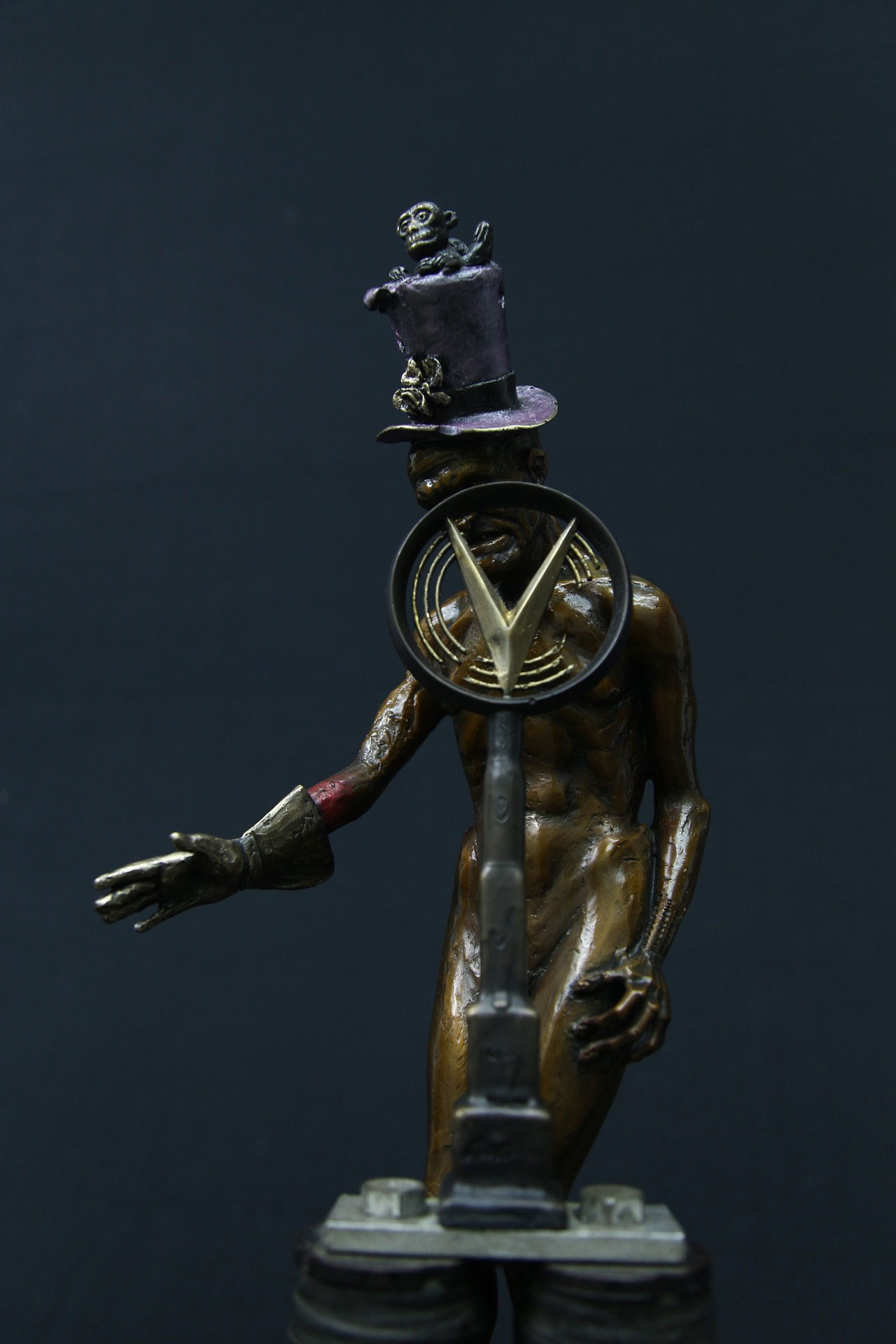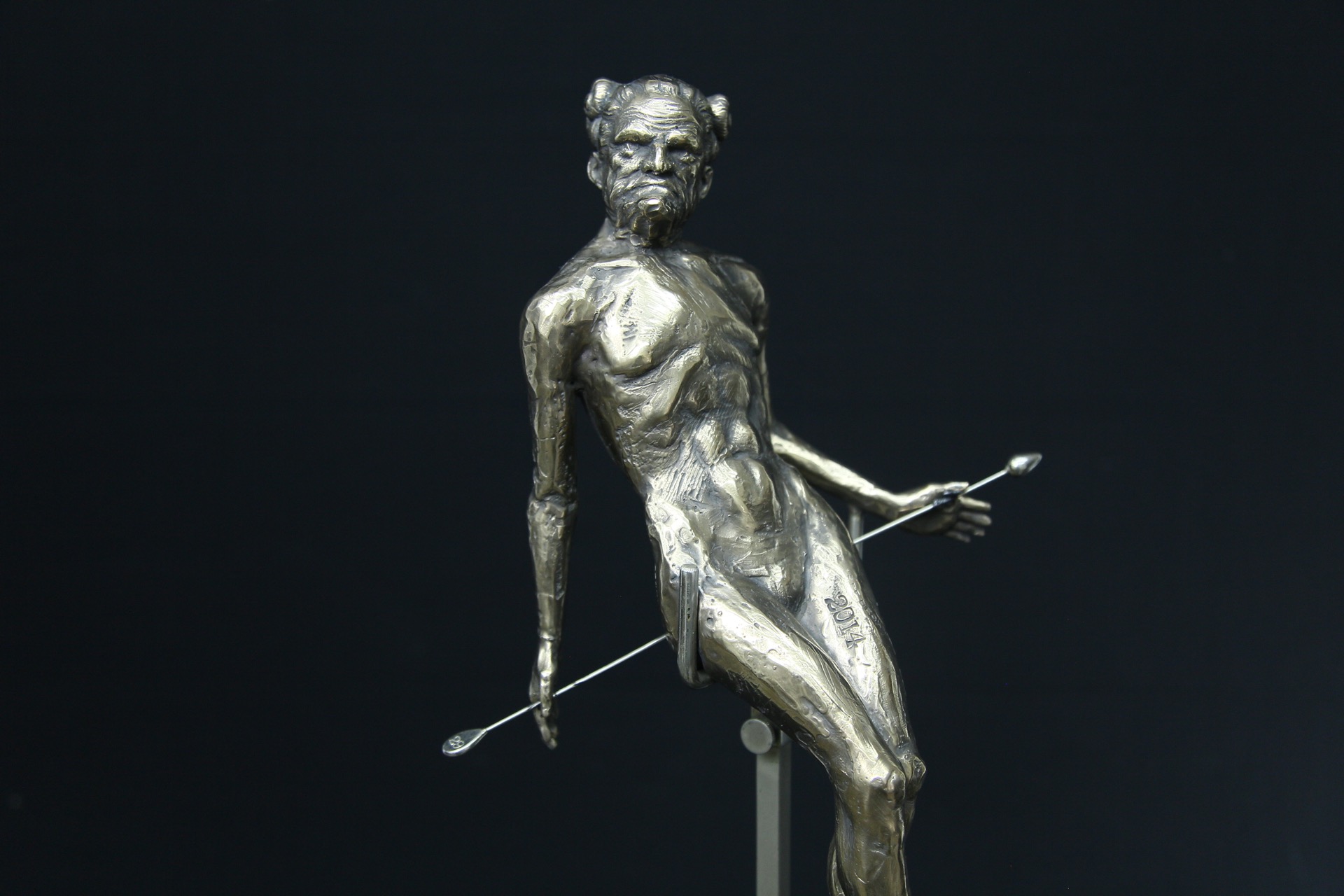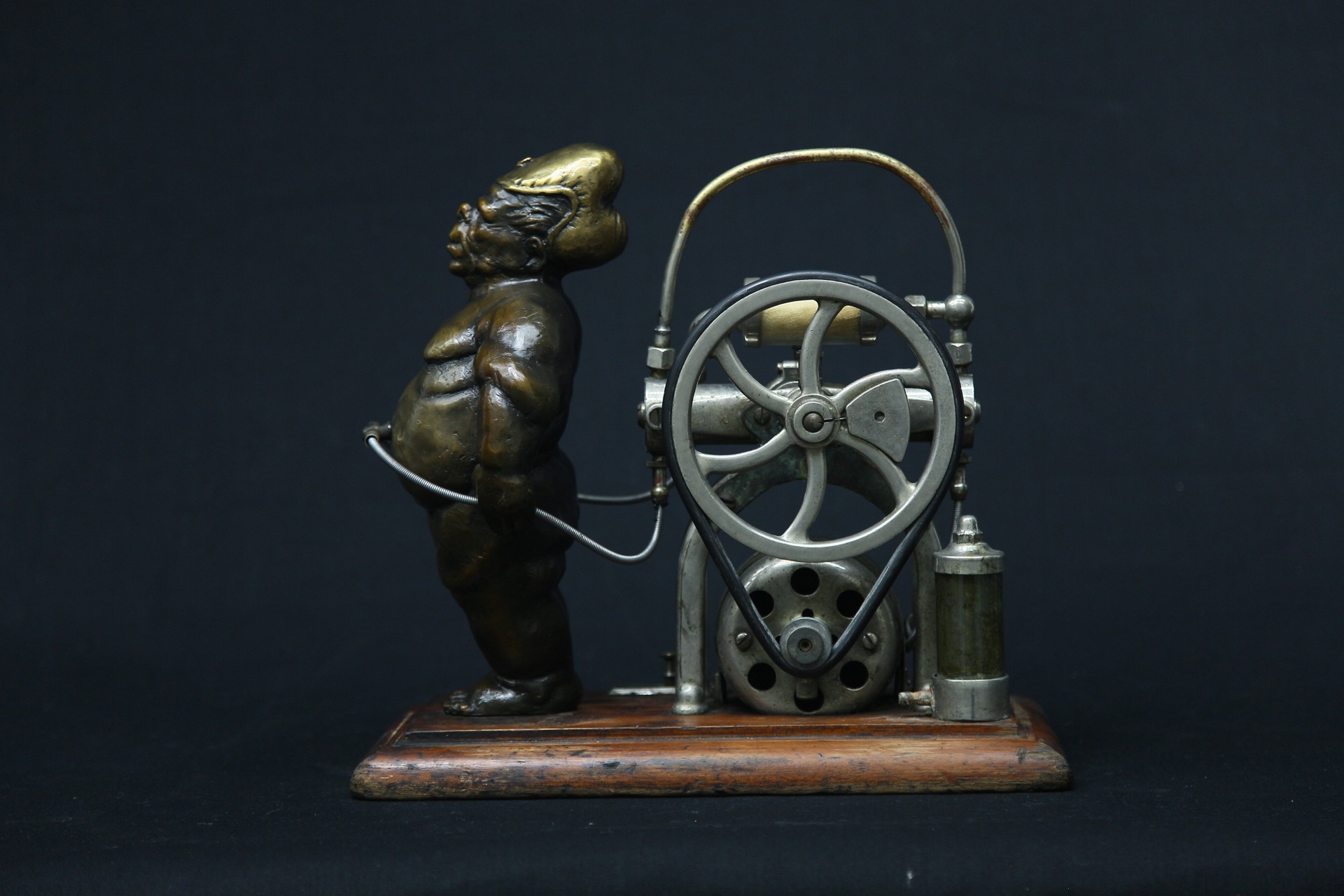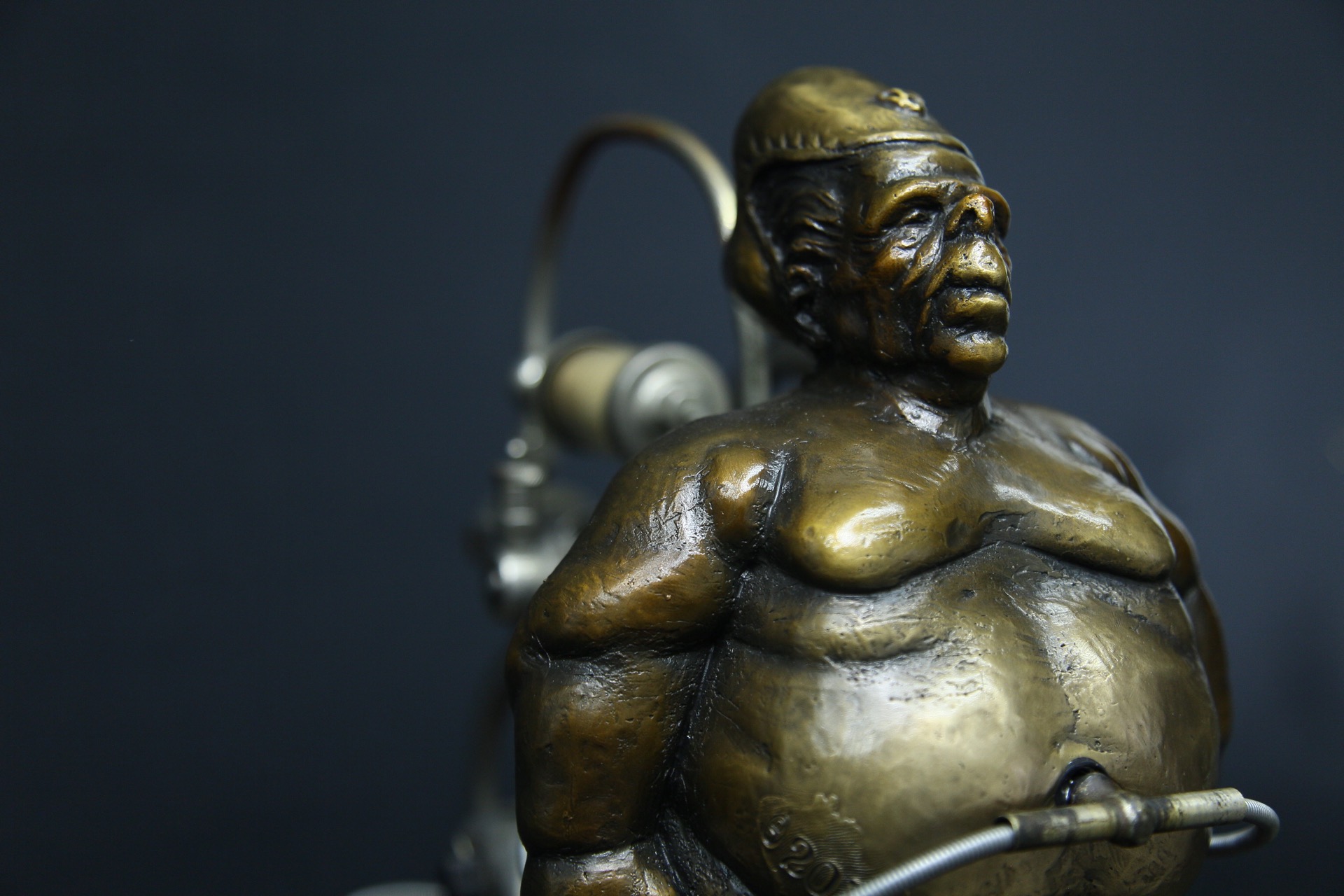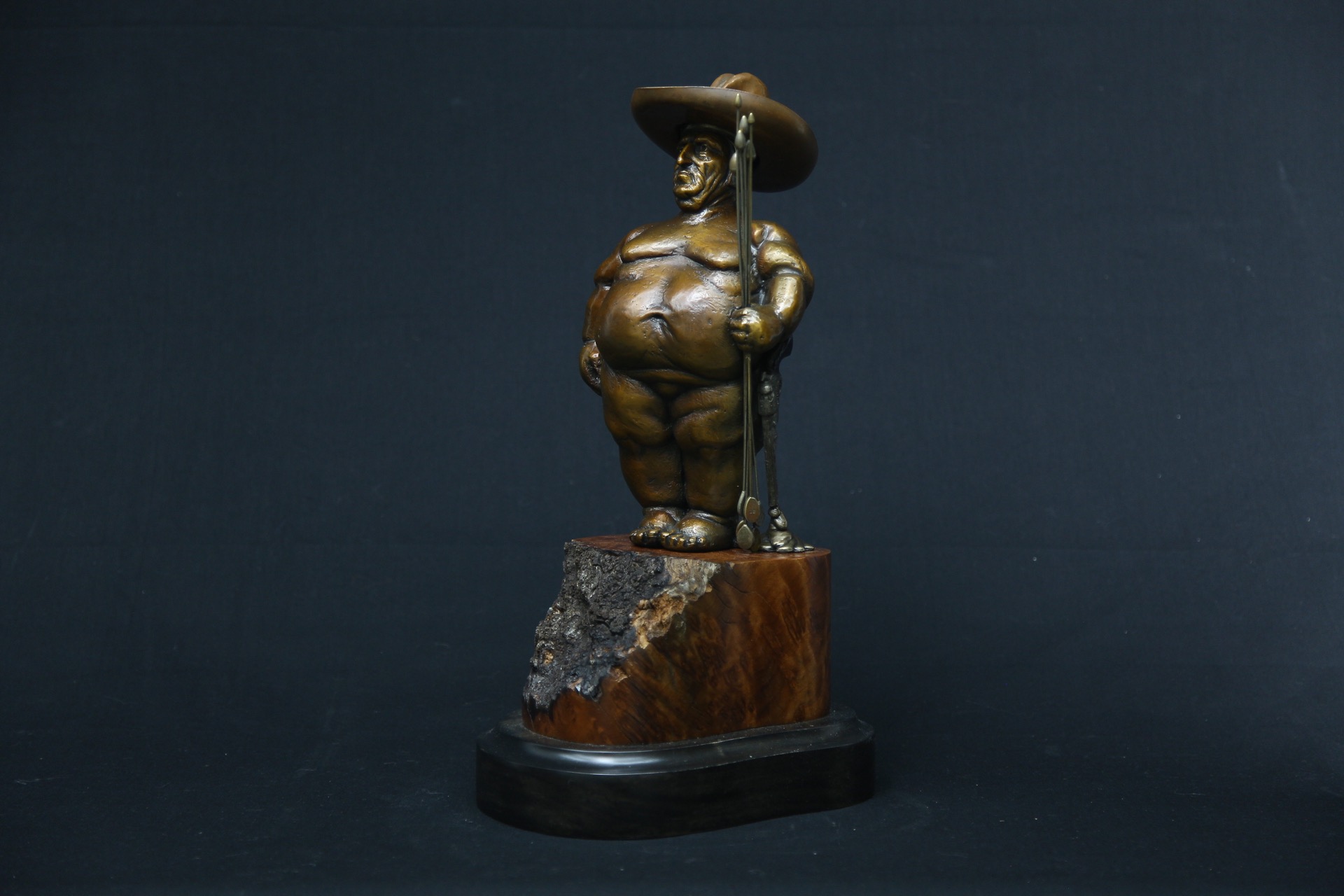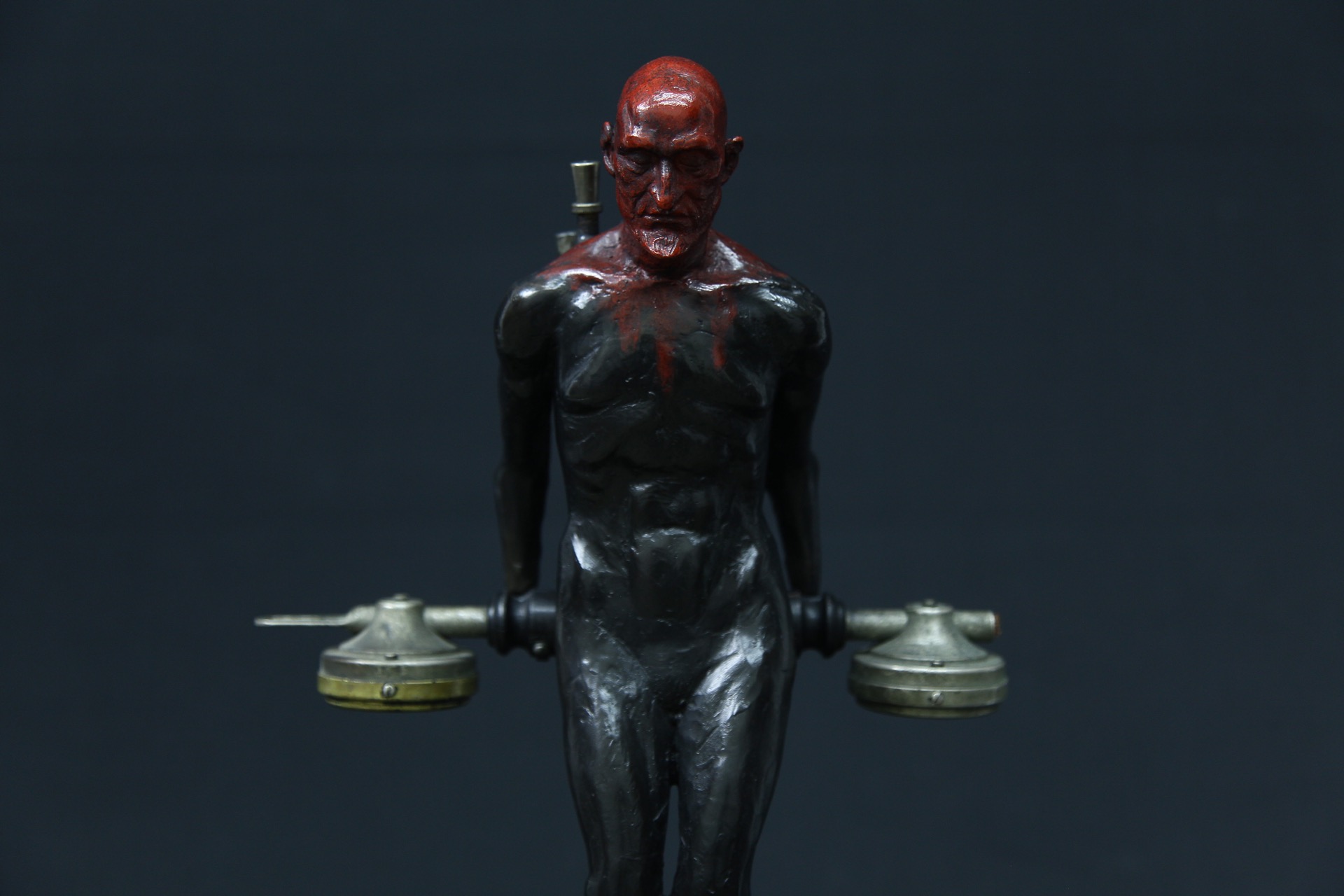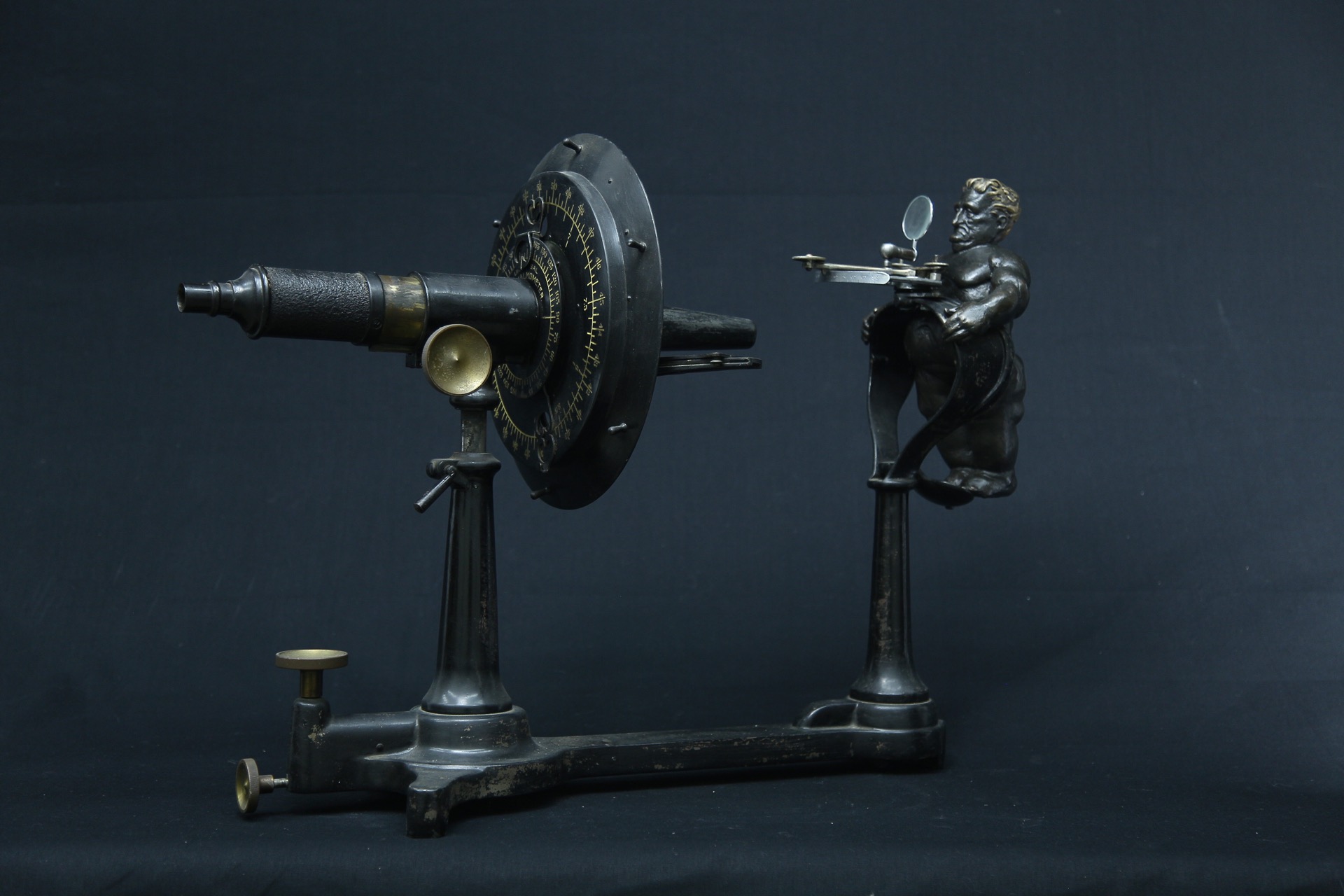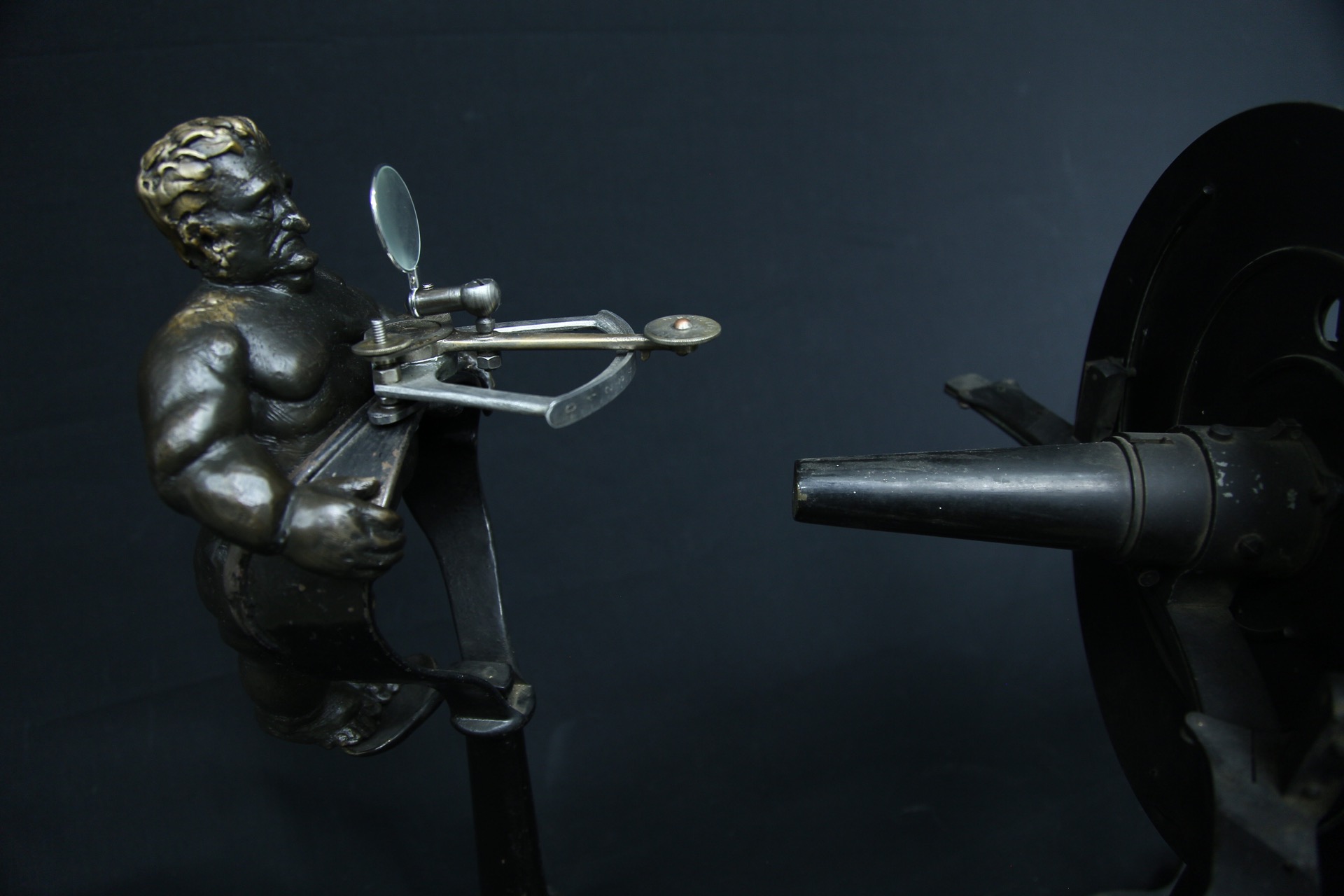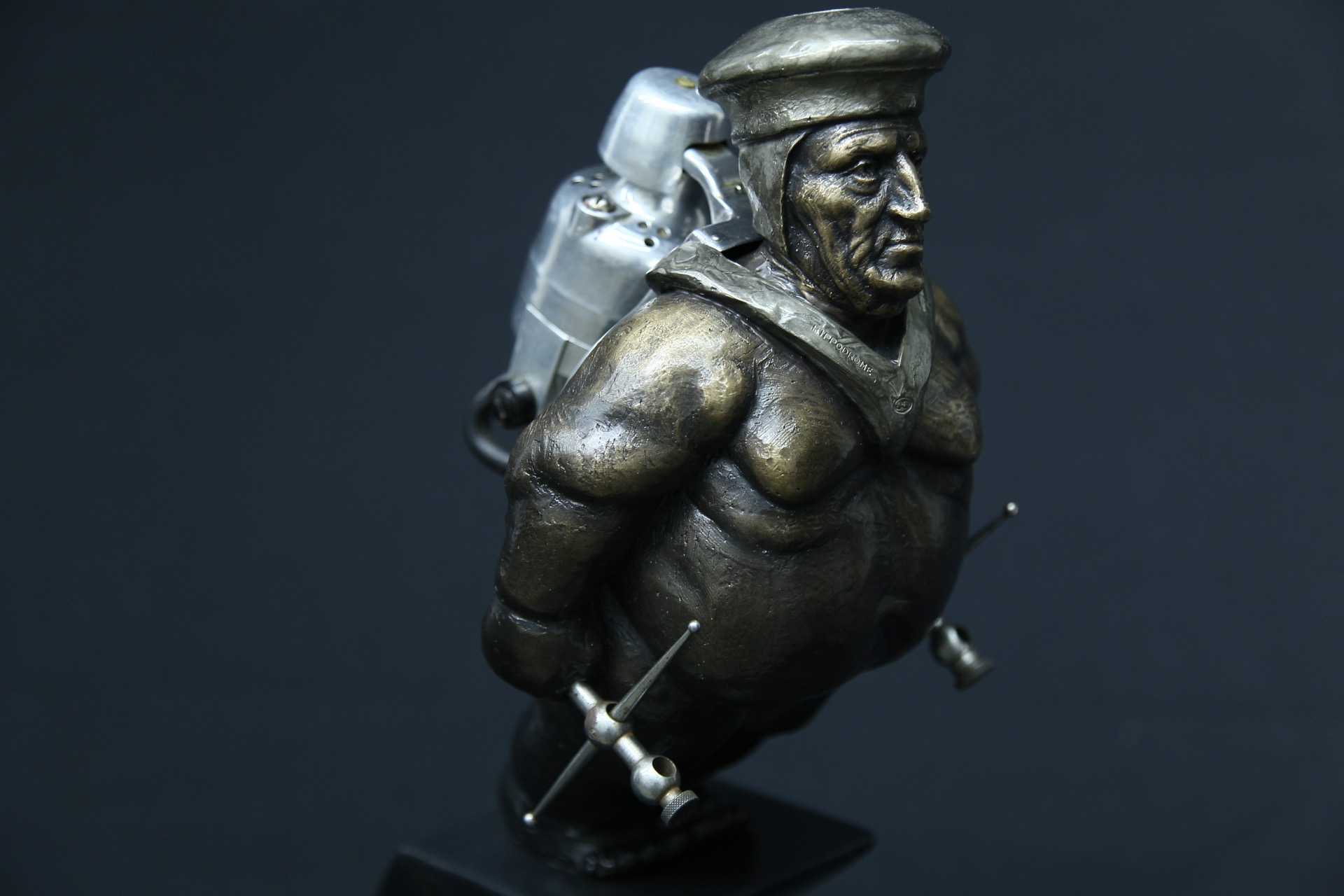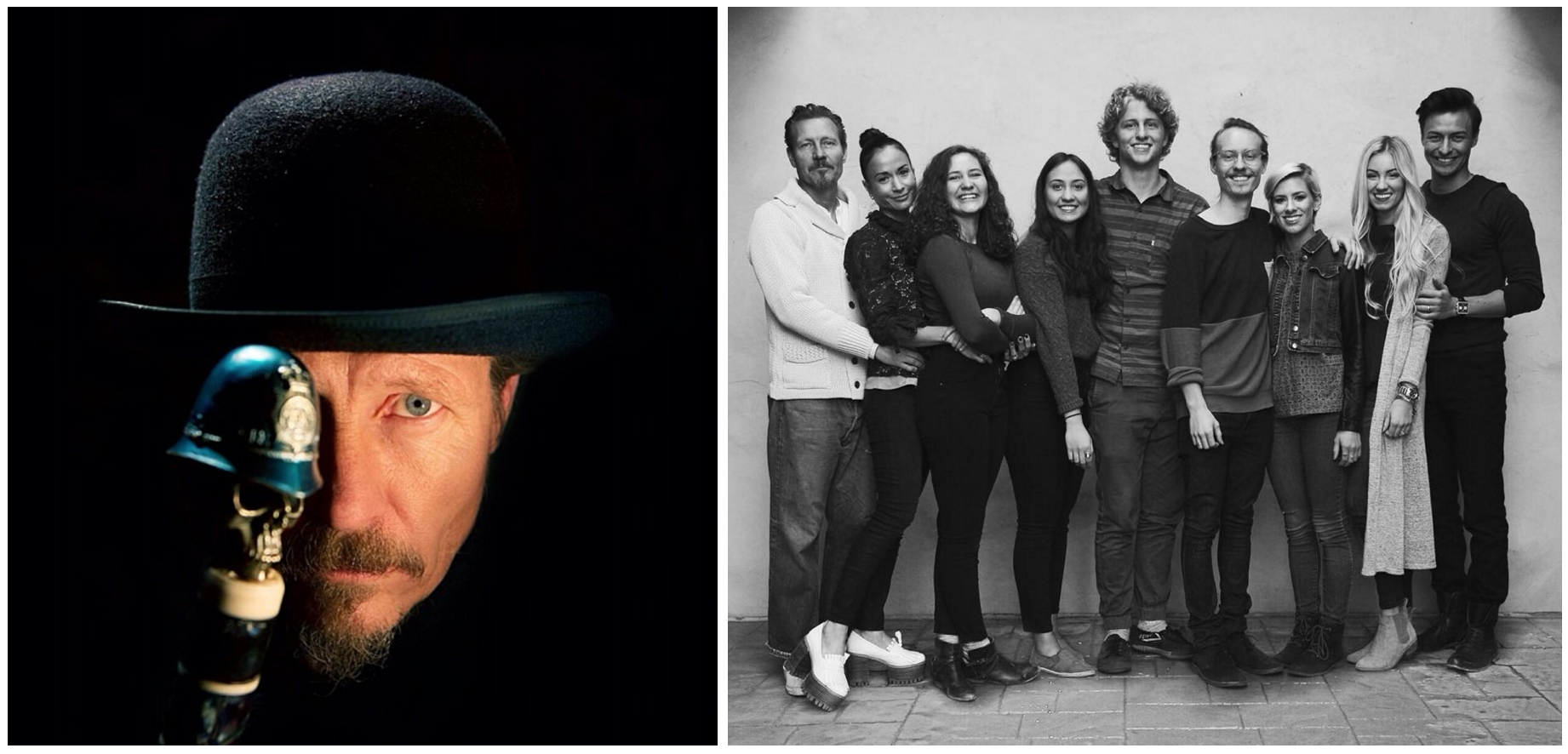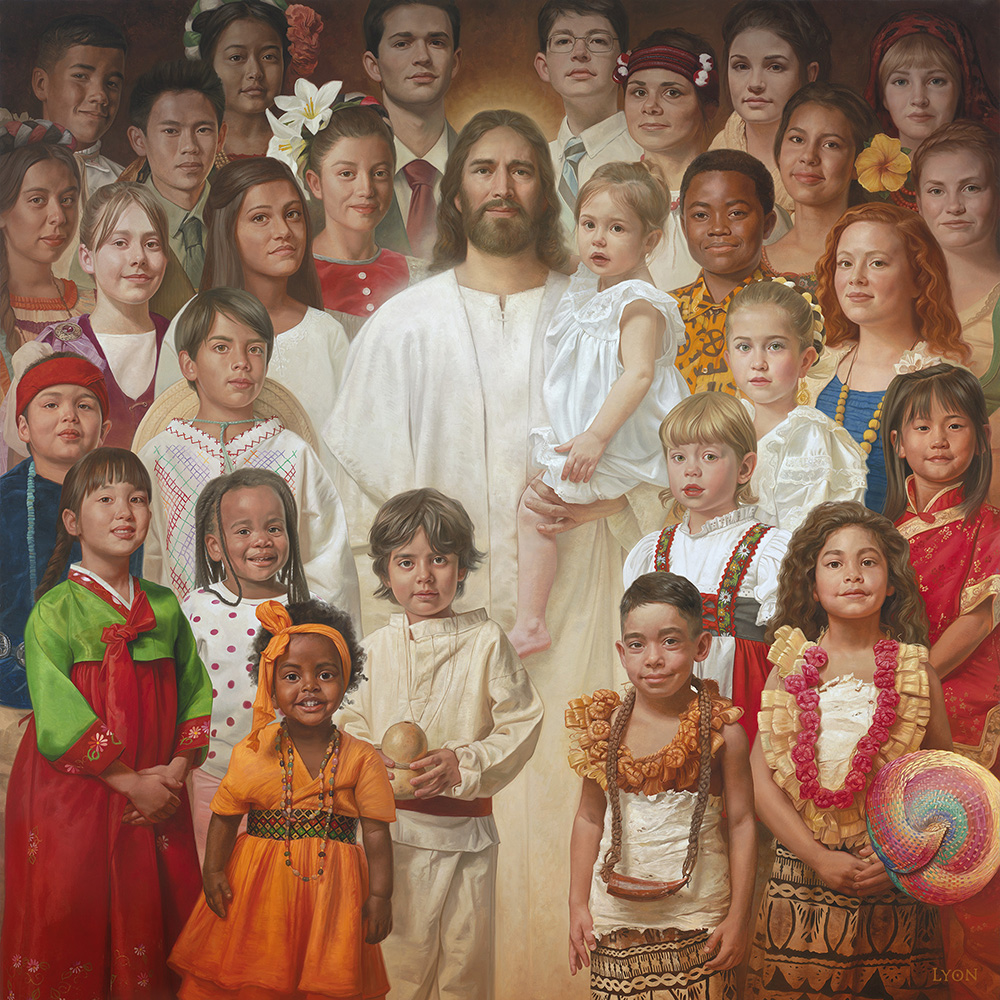
Howard Lyon is an artist who explains, “I draw. I paint. I bake bread.” Howard studied illustration at BYU and worked for years as an art director, concept artist, and freelance illustrator in the video game industry. His work can be found in Dungeons and Dragon’s books, World of Warcraft cards, and Star Wars collateral. He has studied art in Italy, France and most recently at the Grand Central Academy in New York City. Lyon, his wife, and his children live in Utah.
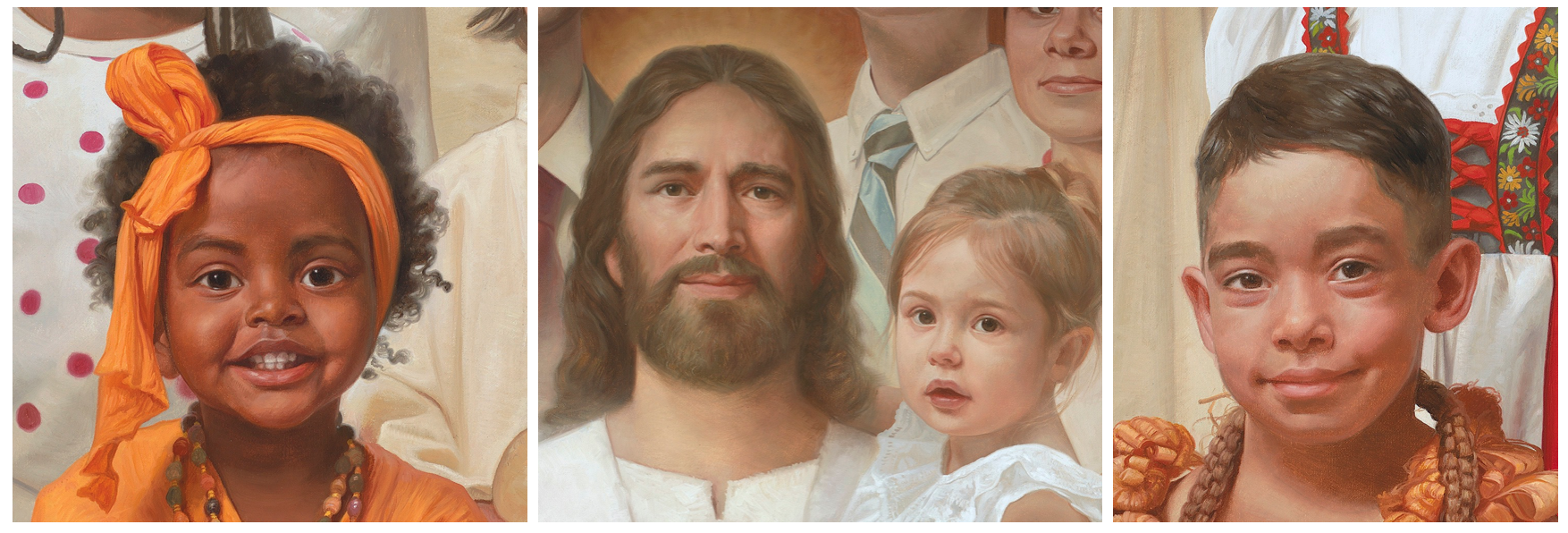
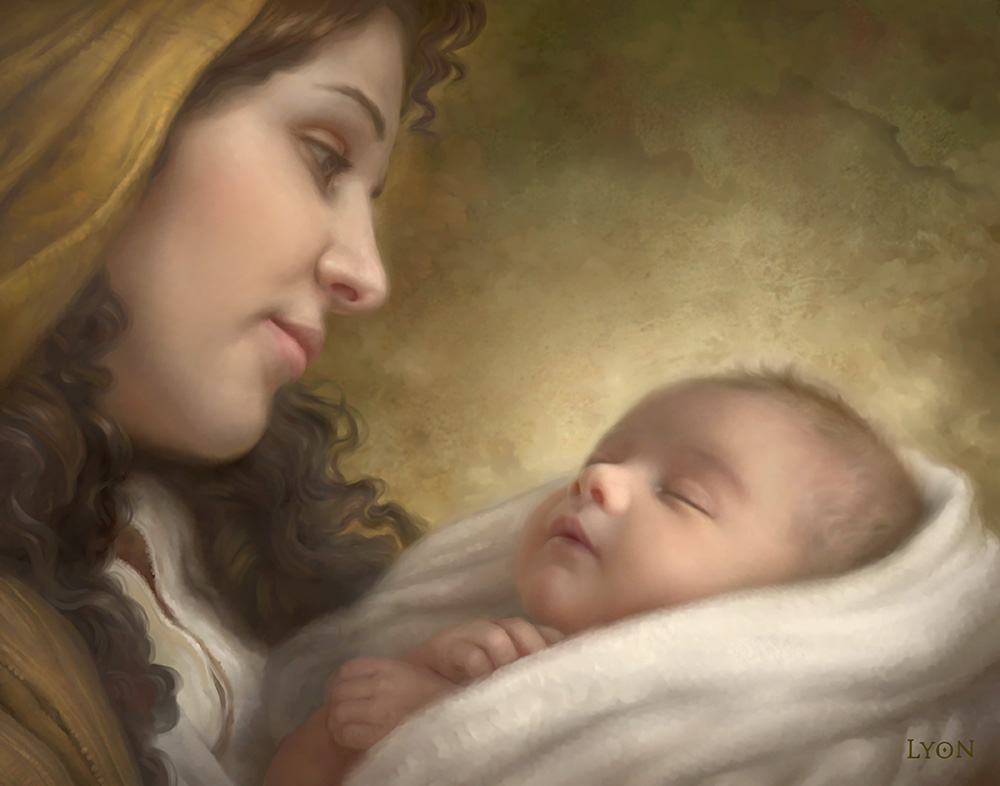
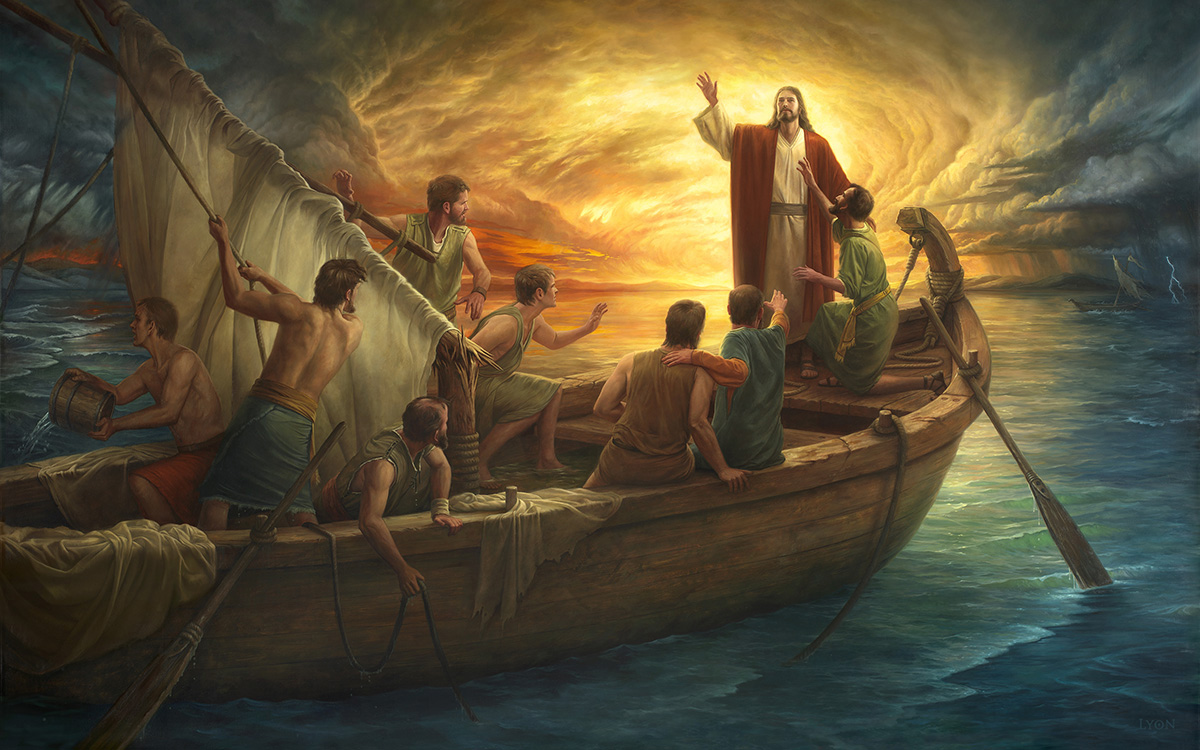
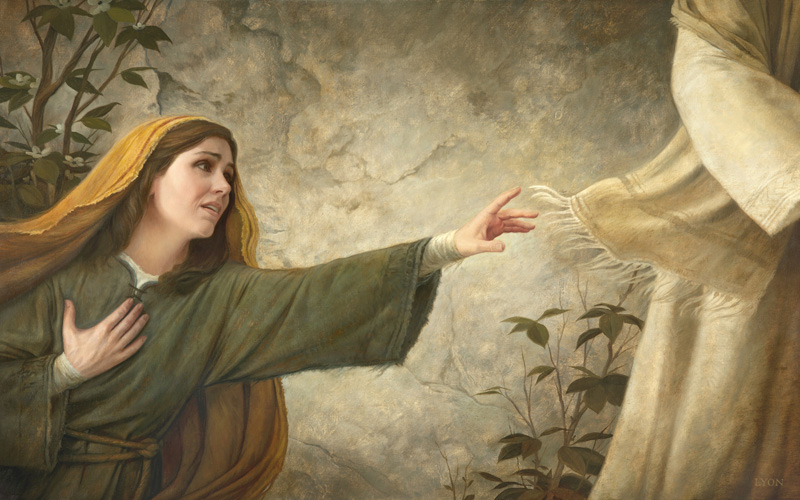
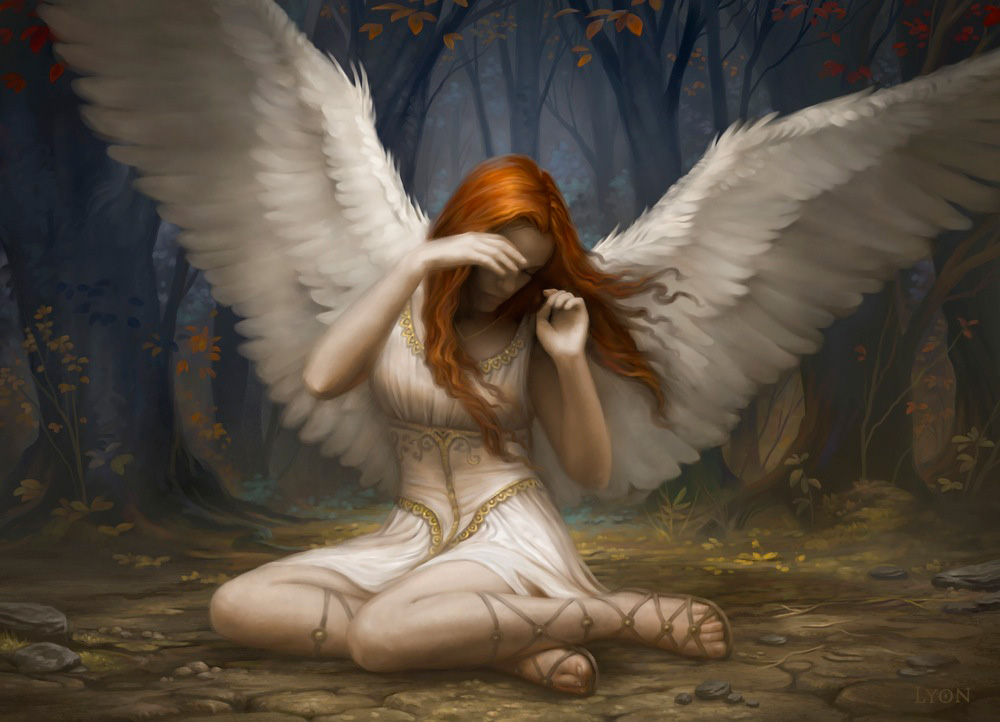
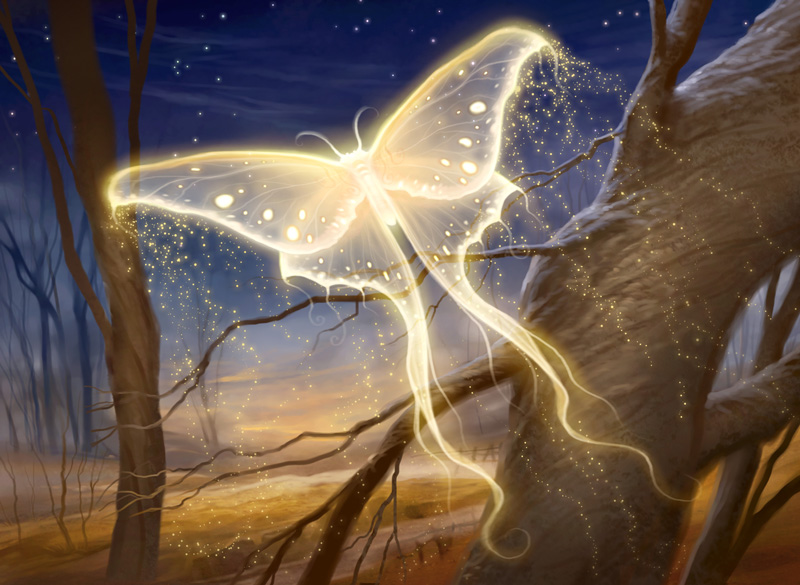
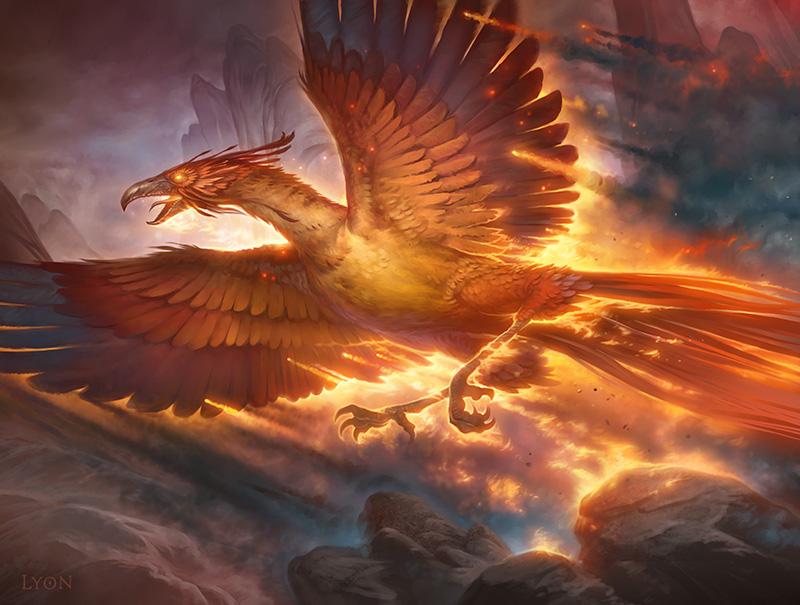
Tell us about your experience with I am a Child of God (top). Growing up, a painting that always held my fascination was Norman Rockwell’s painting The Golden Rule. I loved seeing all of the people from different lands and cultures in costume. I thought if I ever had the chance to do something similar I would. That is really where the seeds of my painting came from. My wife put out a call on Facebook and through friends that we were looking for kids from all different backgrounds to come model for a painting. The only requirement was that they have a costume that was authentic and represented their culture. I did get some kids that I included that were in contemporary dress, but most of those in the painting were in costume. When the kids would come into the studio, they were typically shy or full of energy. I would talk to them and tell them that they would be in a painting with Christ, standing next to Him and bearing their testimony, along with Christ, that they are children of God. Each time, their demeanor would change. The wilder kids would calm down, the shy kids stood taller and each of the expressions you see are reflecting that. Some kids would smile, others looked proud, some were somber. That might be my favorite memory from this painting. I also included my own there kids. They are the two boys just behind Christ and the girl to the right of Christ on the very back row with the scarf.
You once said, “I hope that when viewers see my work, they take a moment to pause and pay attention to how they feel.” That is the key to viewing most artwork meaningfully, I believe. Sometimes I am in a museum and I will see people move through at a quick pace barely pausing in front of each painting. Most art is not fast food. Most art takes a little time to ingest and process. My art, particularly my religious art, is meant to read not just superficially but on a personal level. When I look at a Carl Bloch painting, I see the mastery of the artist, but then when I put myself into the work, imagine myself there witnessing the angel comforting Christ in Gethsemane, or watching Peter divert his gaze from Christ after denying him, I feel much more from the work than just admiration for the skill. I don’t paint nearly as well as Bloch, so I hope that the intent of the painting, the emotion and sentiment of the piece will be realized by the viewer. I think the best way for this to happen is for the viewer to focus on their feelings as they view the work.
One complaint I hear from artists is bridging the gap from school to a full-time career as an artist. Tell us more about the Lyon Art School. The response from the school has been excellent. We take a pretty small group of students (10 max) and work with them on their picture making skills, but also work through the business side. Teaching them how to better use social media, how to photograph models and artwork, get prints made, and how to reach their intended audience. I don’t really want the school to get very large, at least not in the near future. I am enjoying being able to spend time one on one with each student. We go at a slow, but steady pace, learning the value of each step in the composition and painting process. I think coming out of school, I made the whole process of making a living as an artist a lot of more complicated than it is. A major goal of the class is to help each of the students see their path to success with a little more clarity.
What’s next? I am currently wrapping up a painting that will, if approved, go behind the reception desk at the Provo City Center Temple. My next longer-term project is creating 50 paintings that illustrate the Gospels in the New Testament. I want to have enough pieces to cover the anticipated scenes from the Gospels, but also have enough that I can depict some scenes that aren’t typical, and even search for some implied scenes or those that we might expect to find Christ in but aren’t recorded. Each of the paintings will be smaller than what I typically work in, the largest being 16”x20” and most in the 11”x14” range. I am going to get the first 10 done and then run a Kickstarter campaign to try and fund the rest through pre-sale of the paintings, prints and the eventual art book.
Visit Howard Lyon’s website.
Follow Howard Lyon on Instagram.
